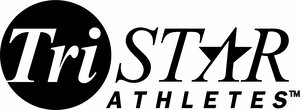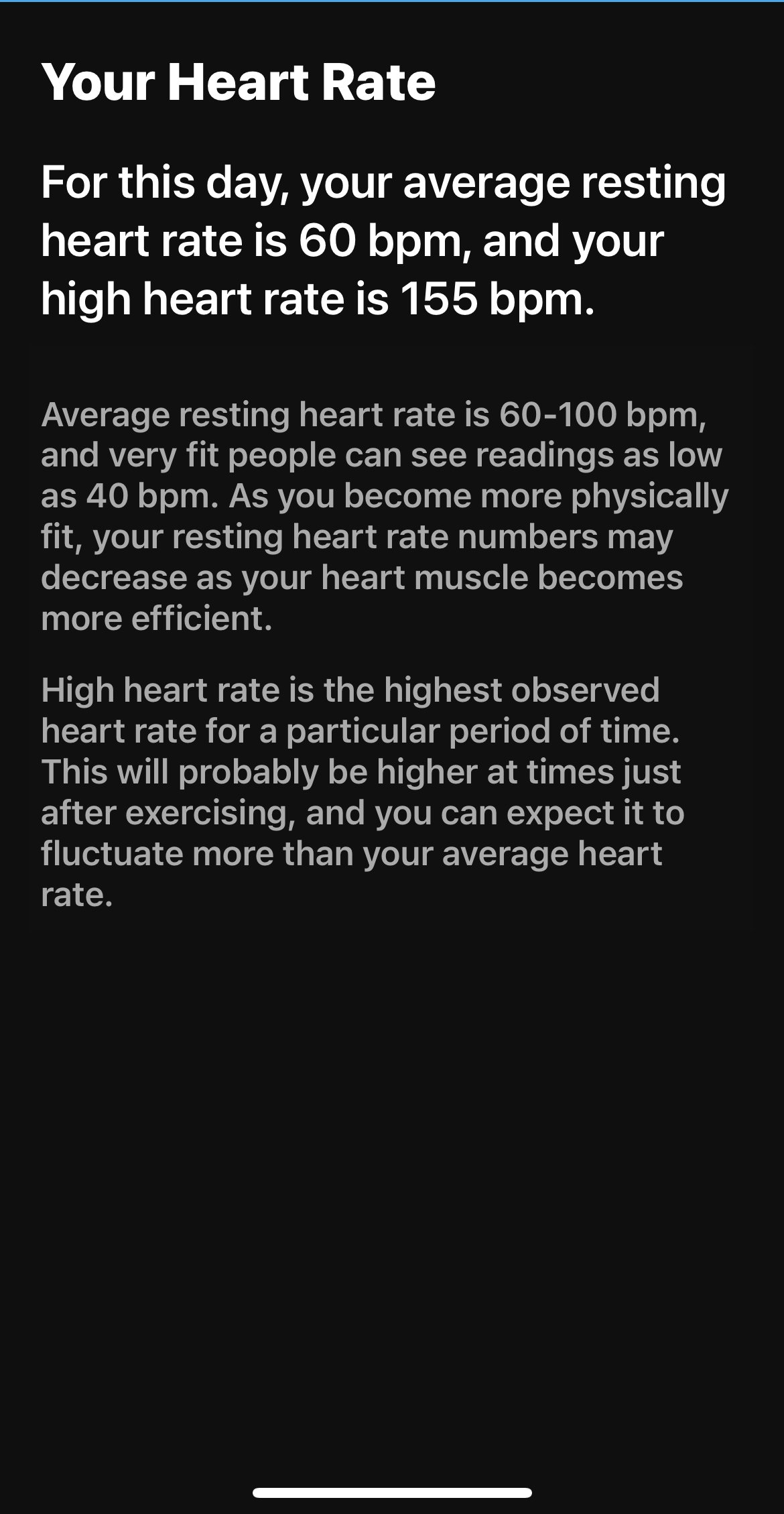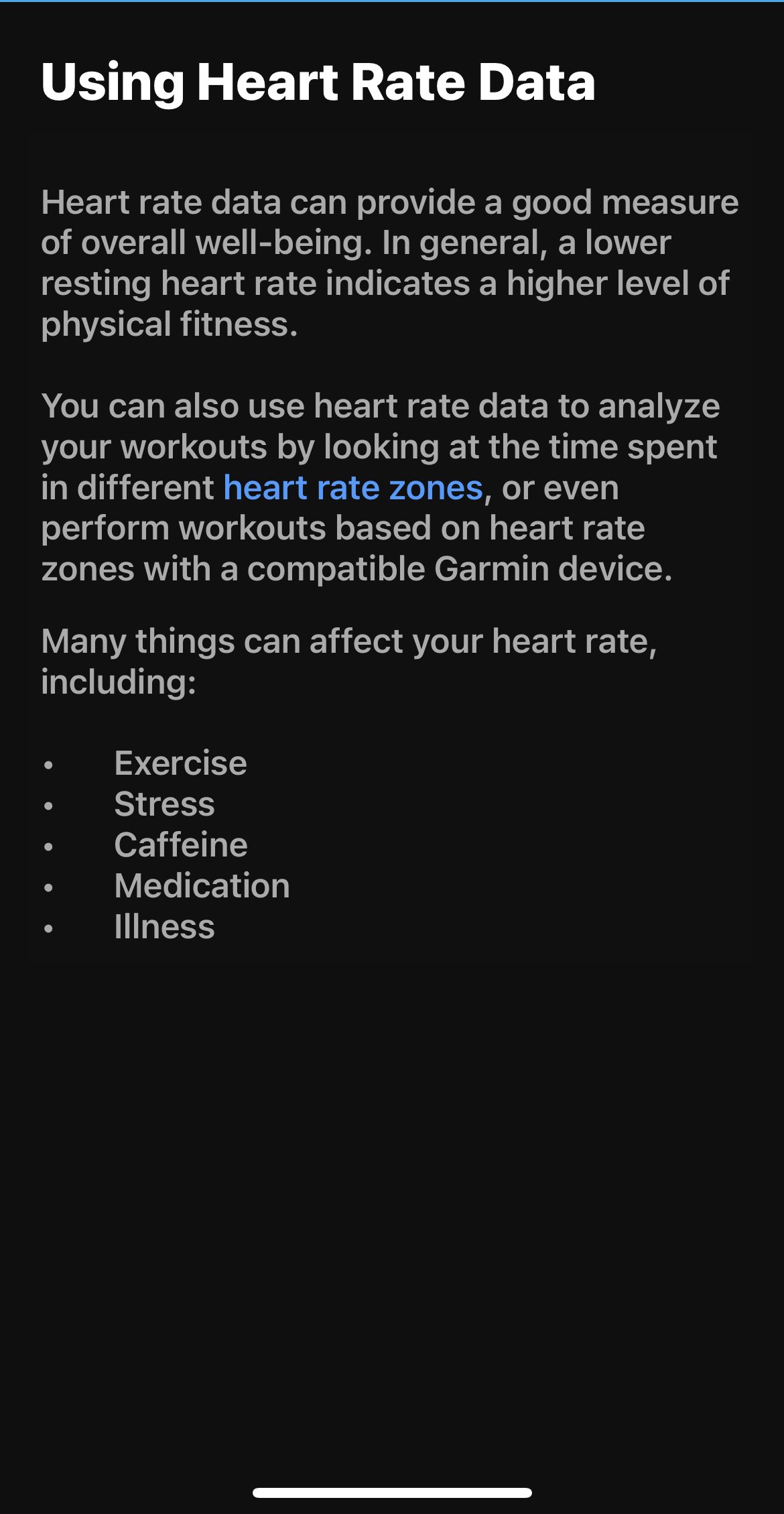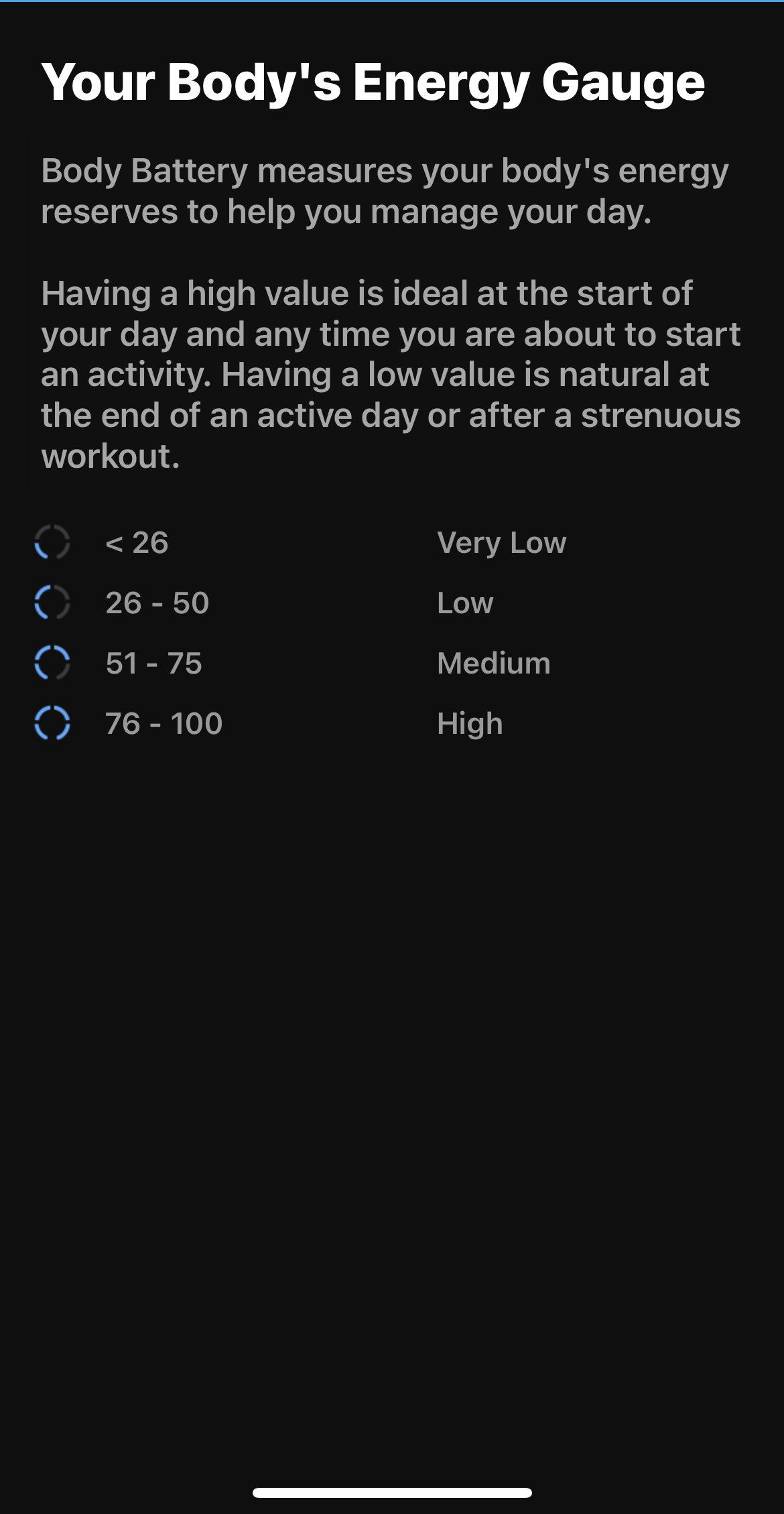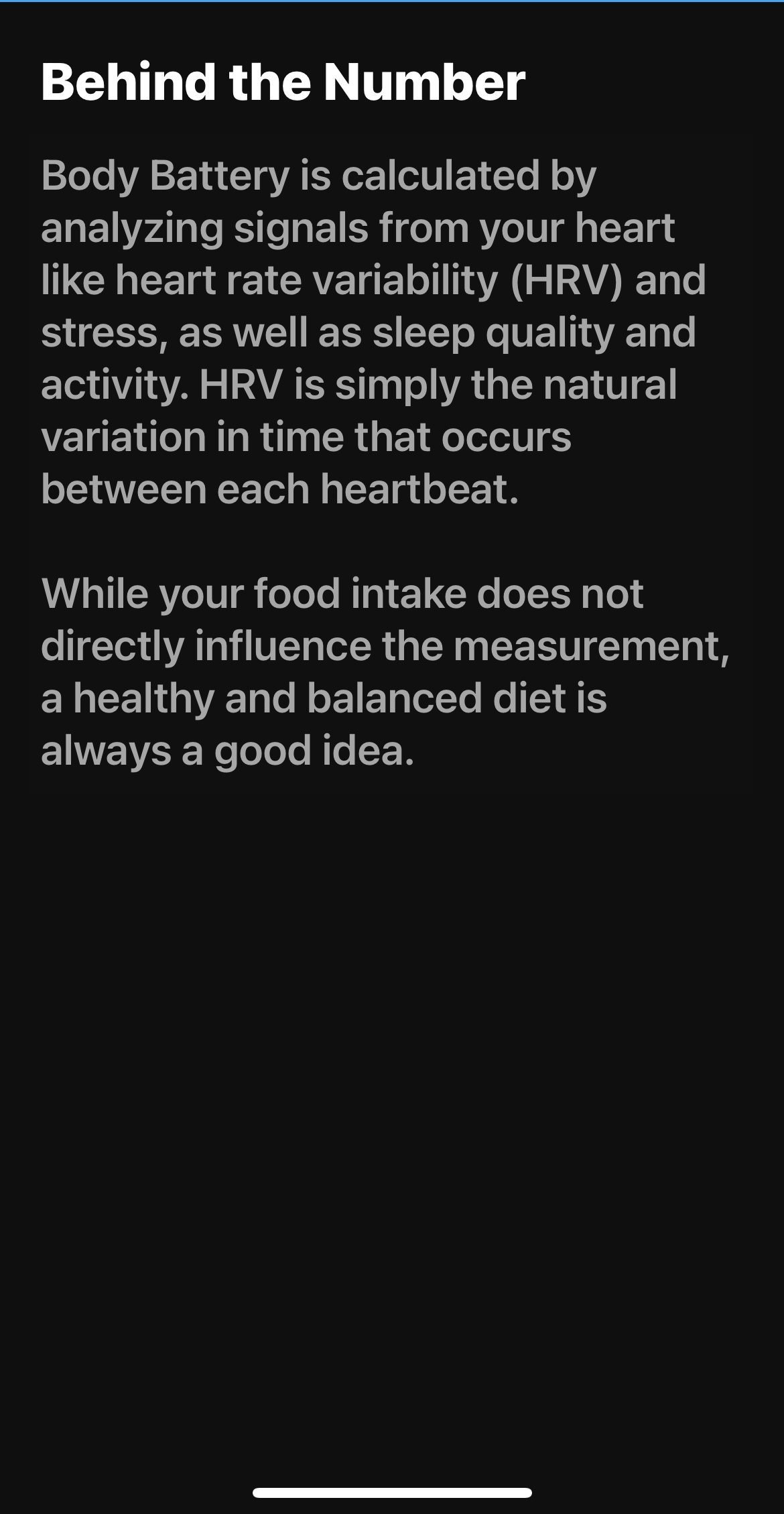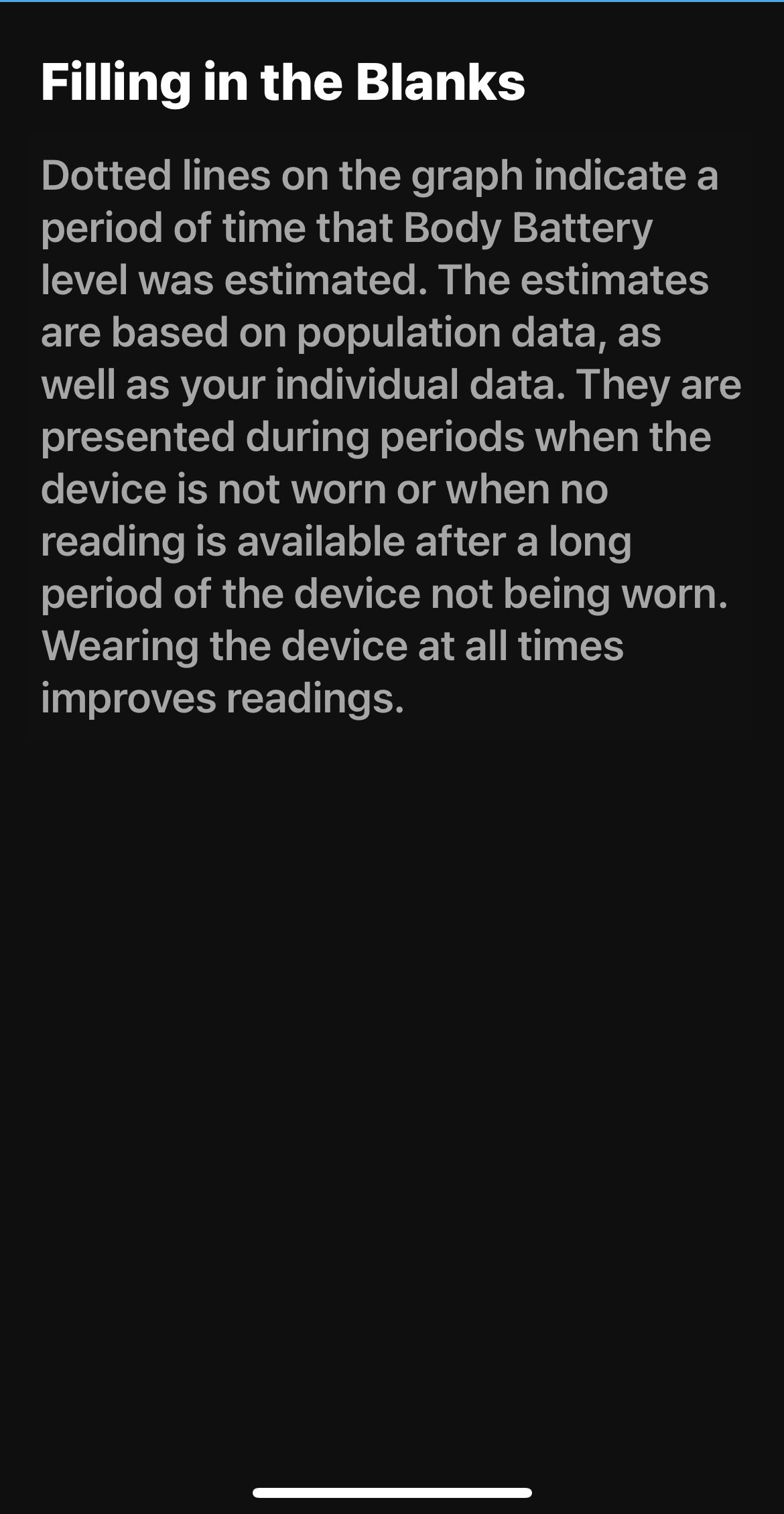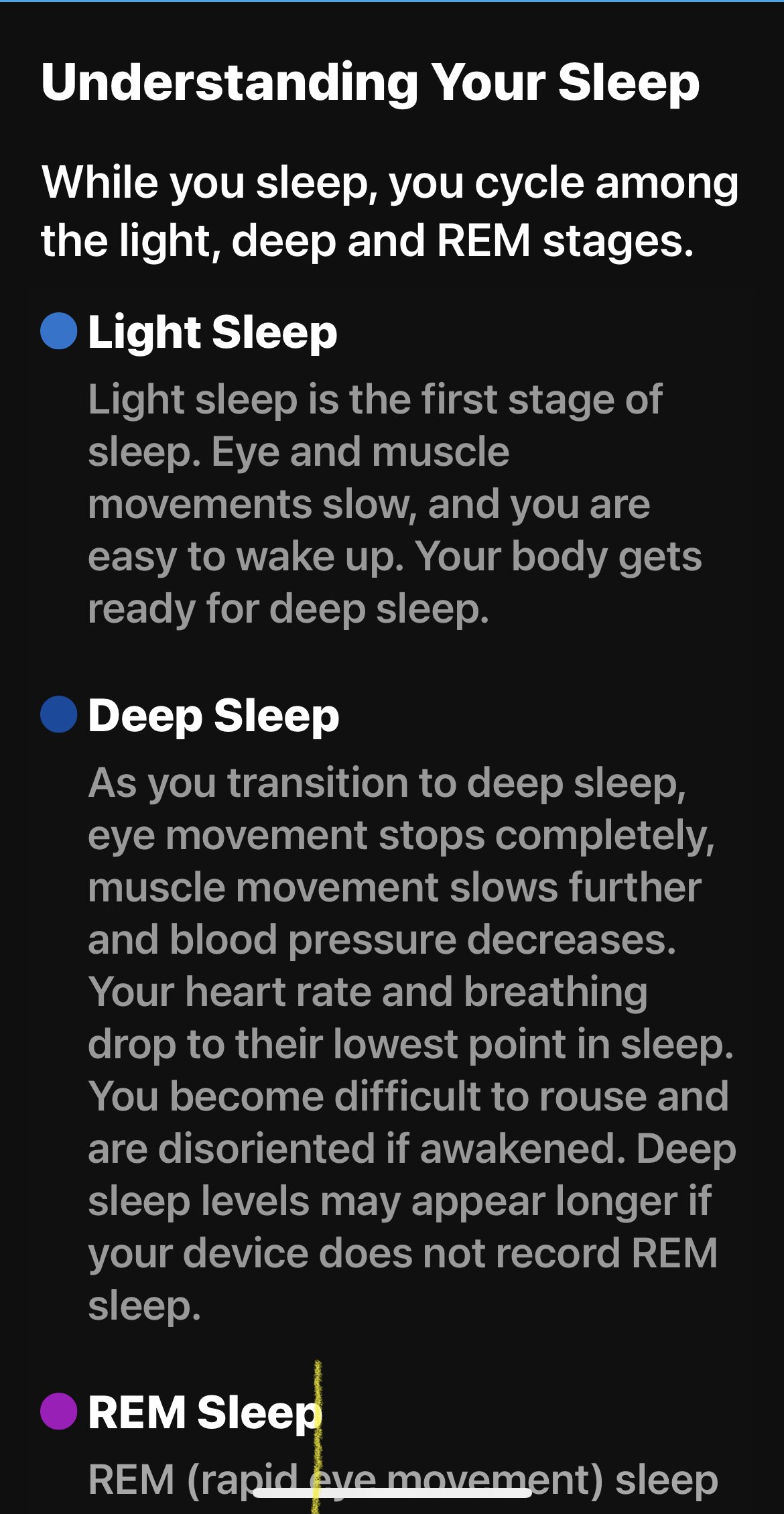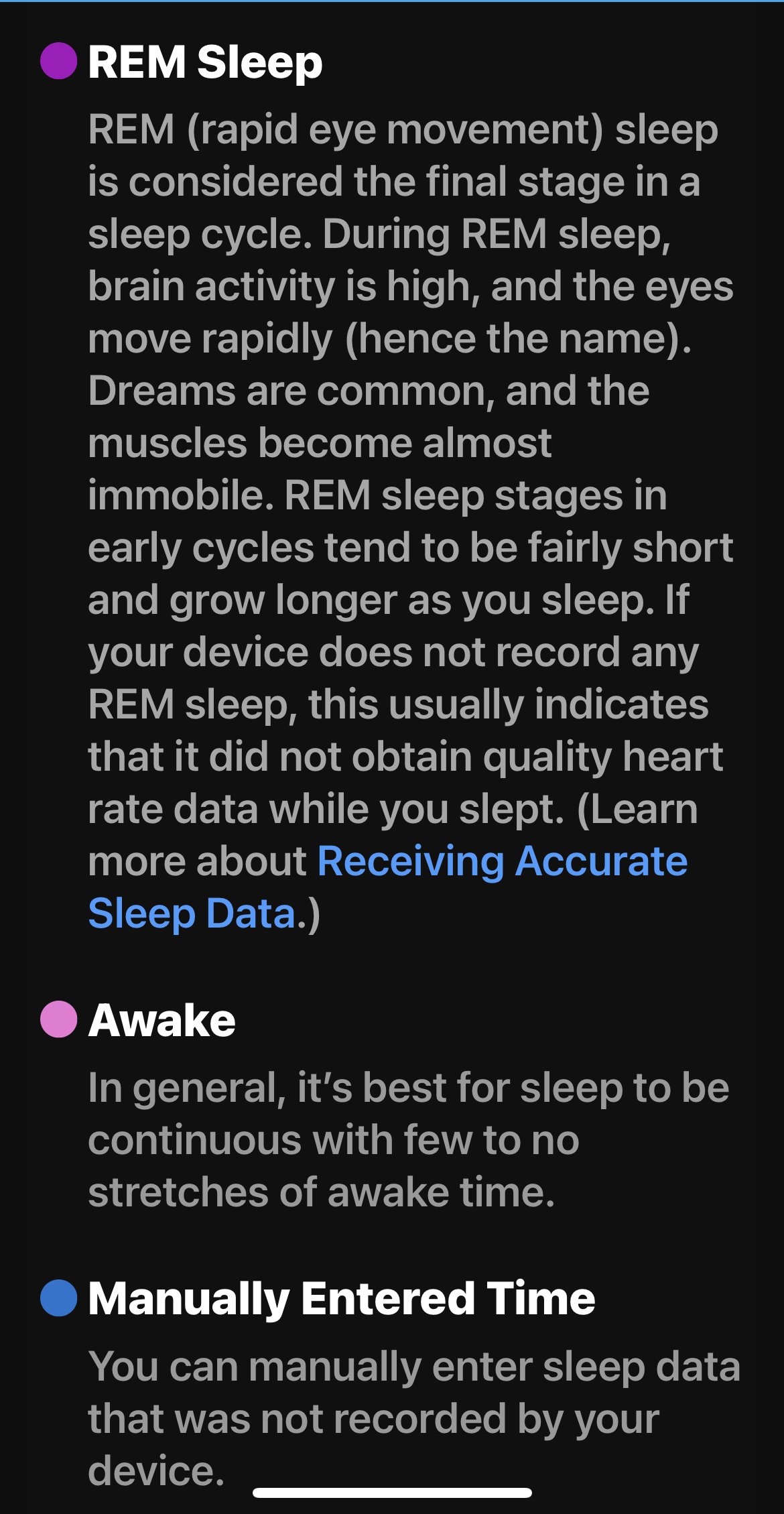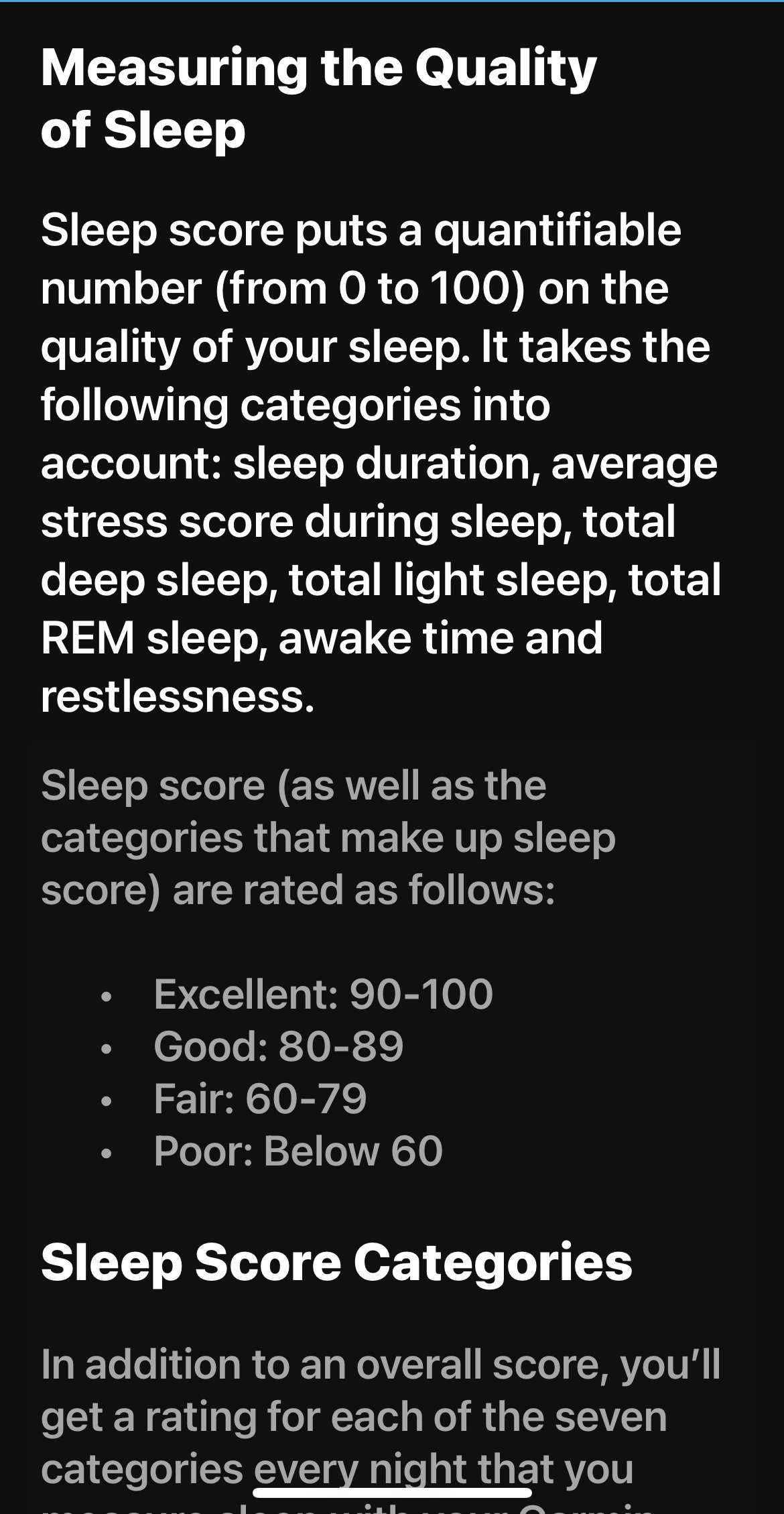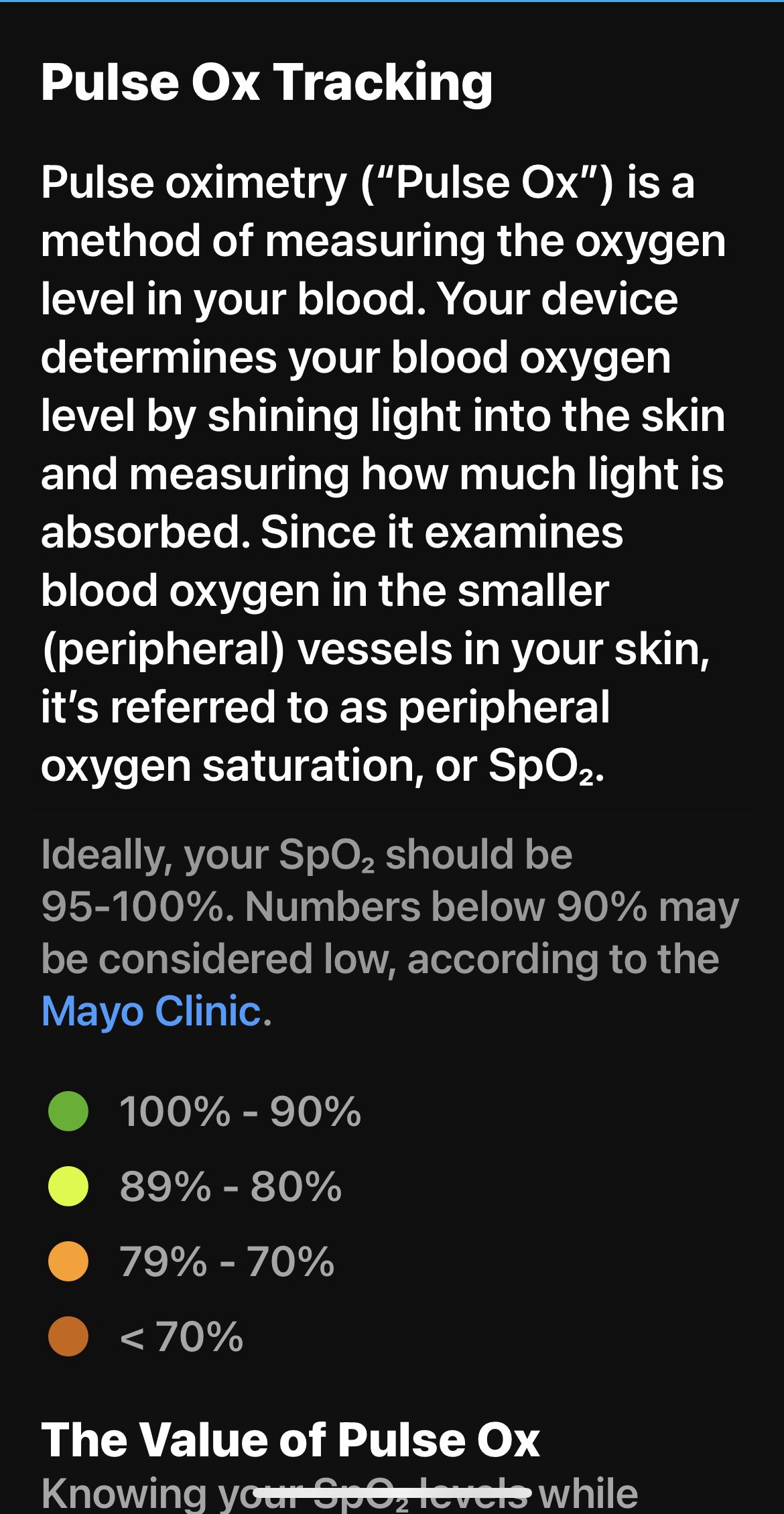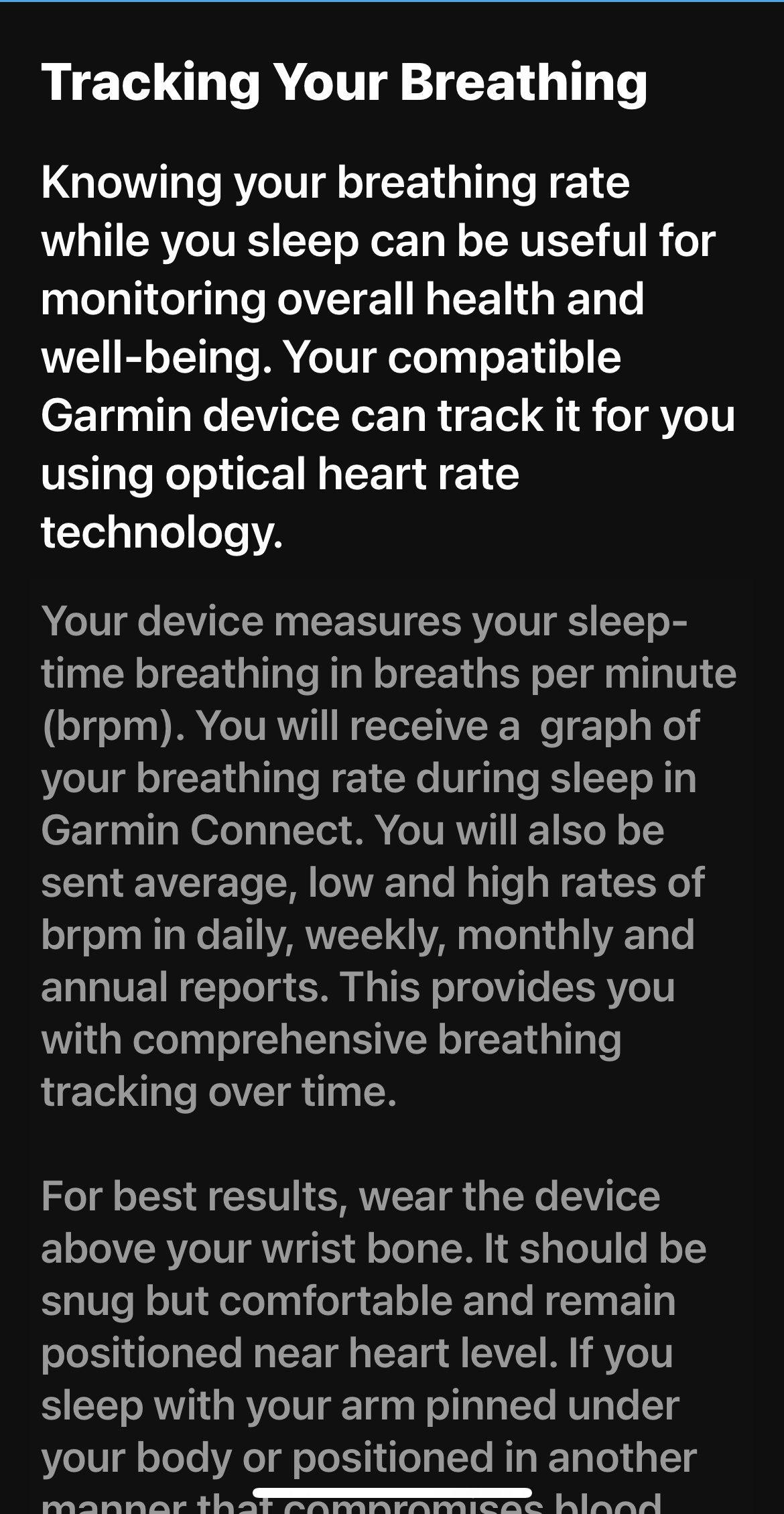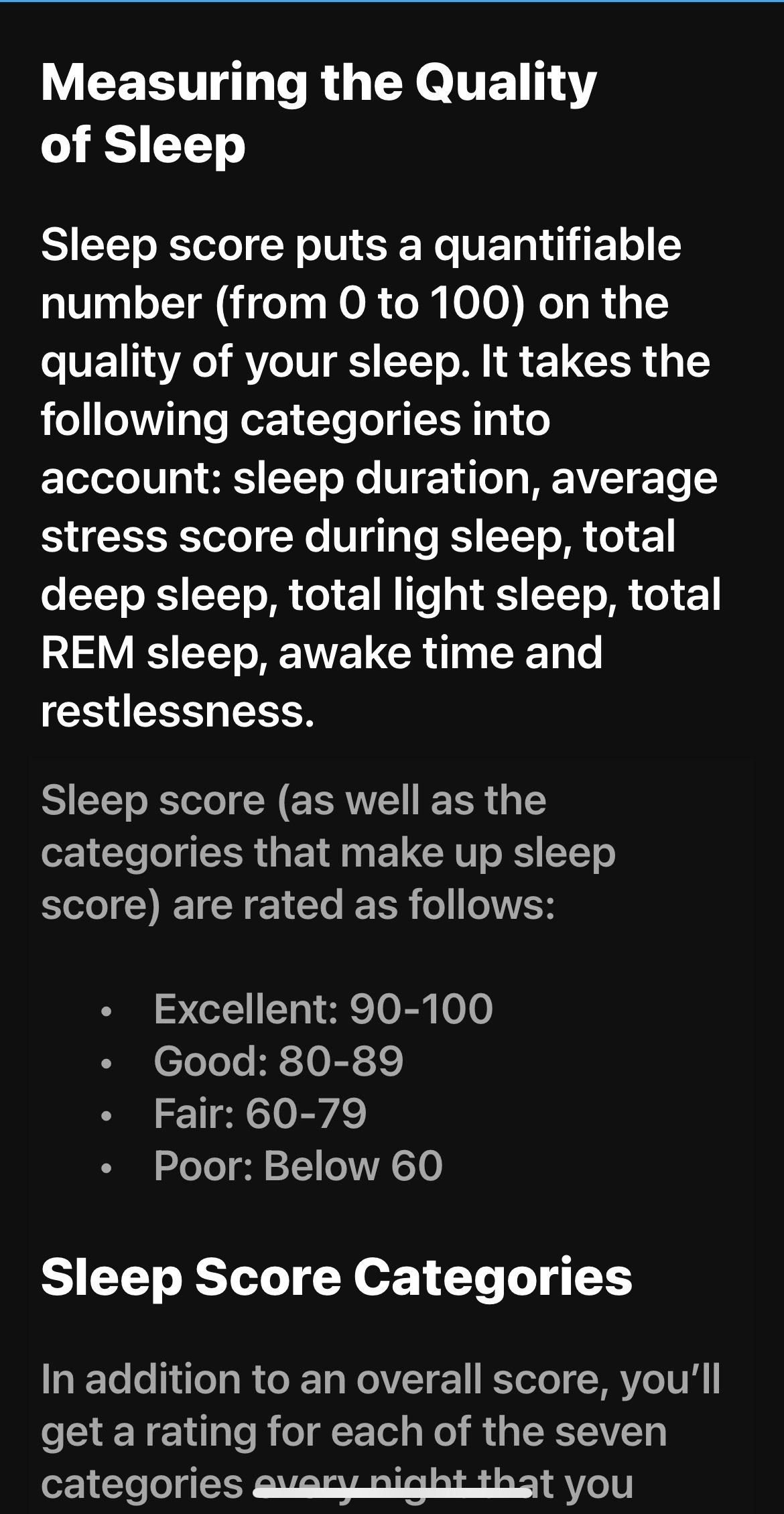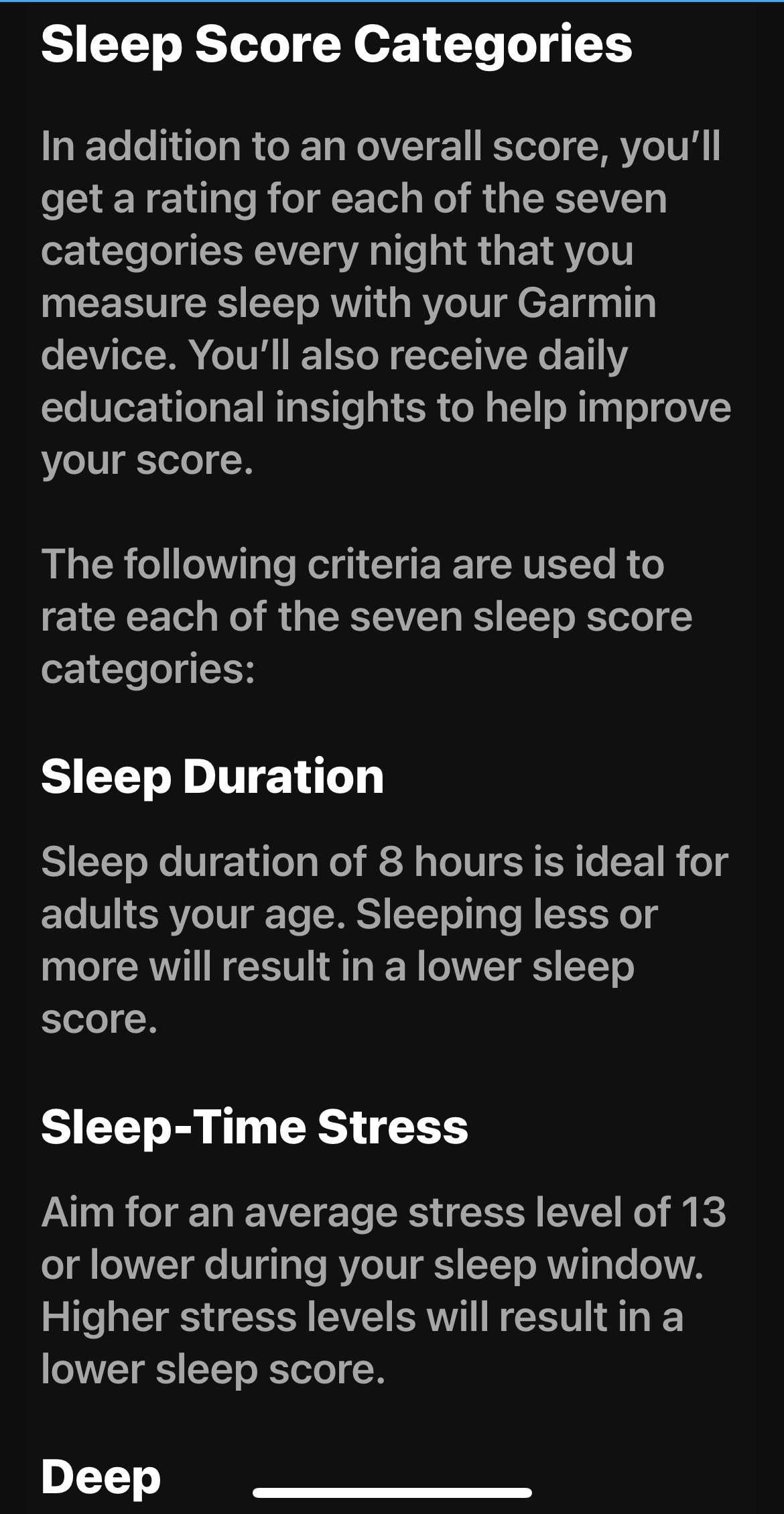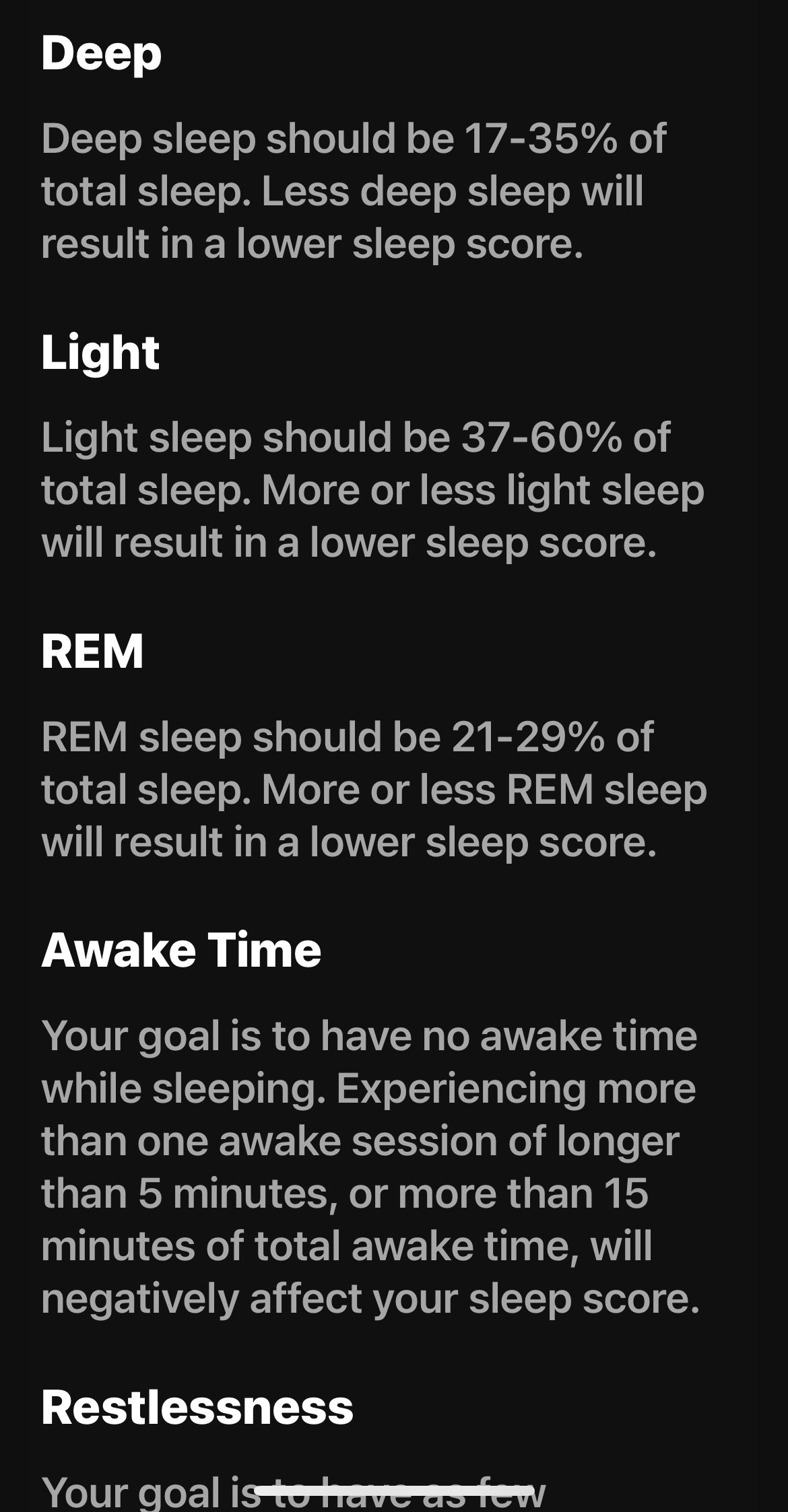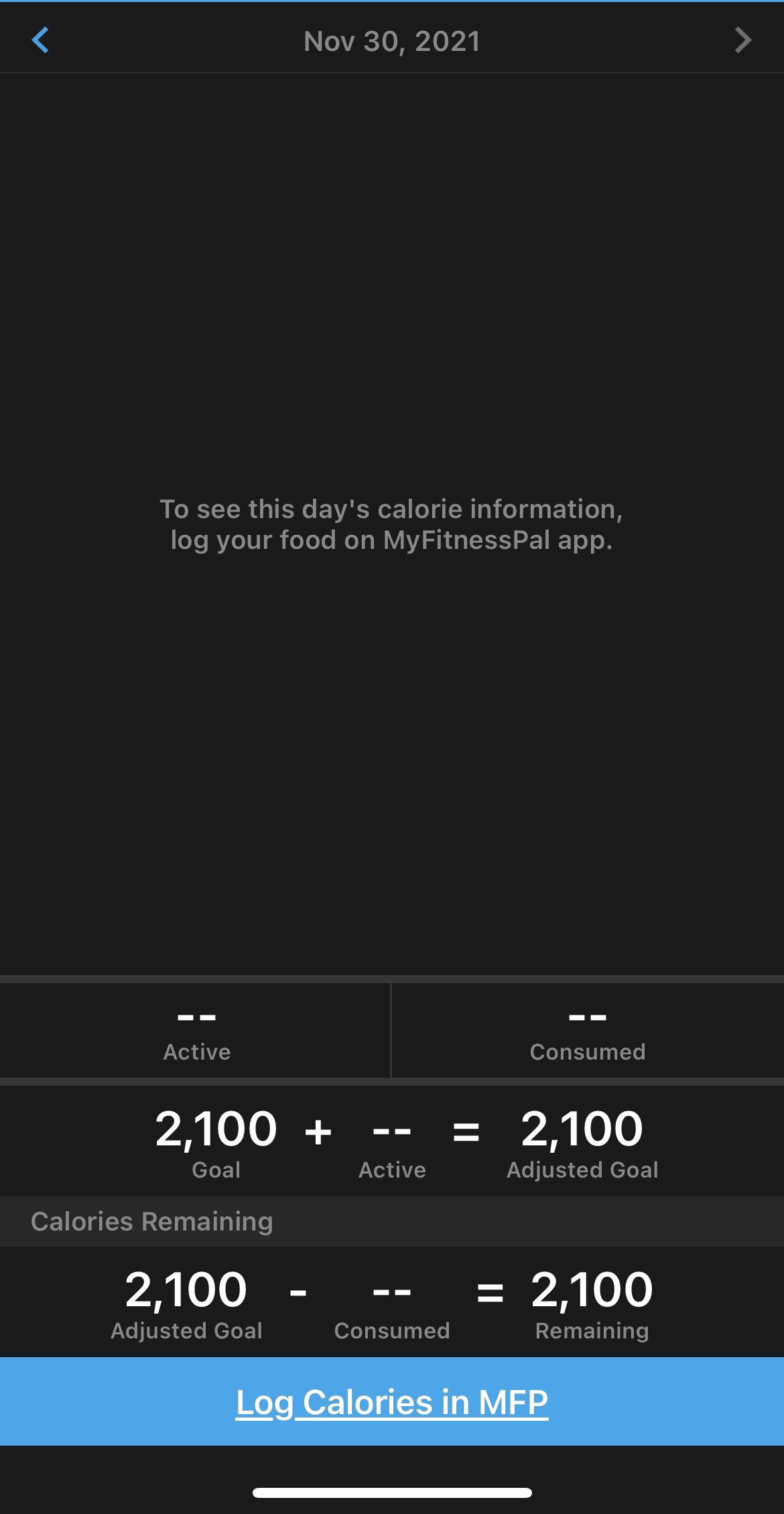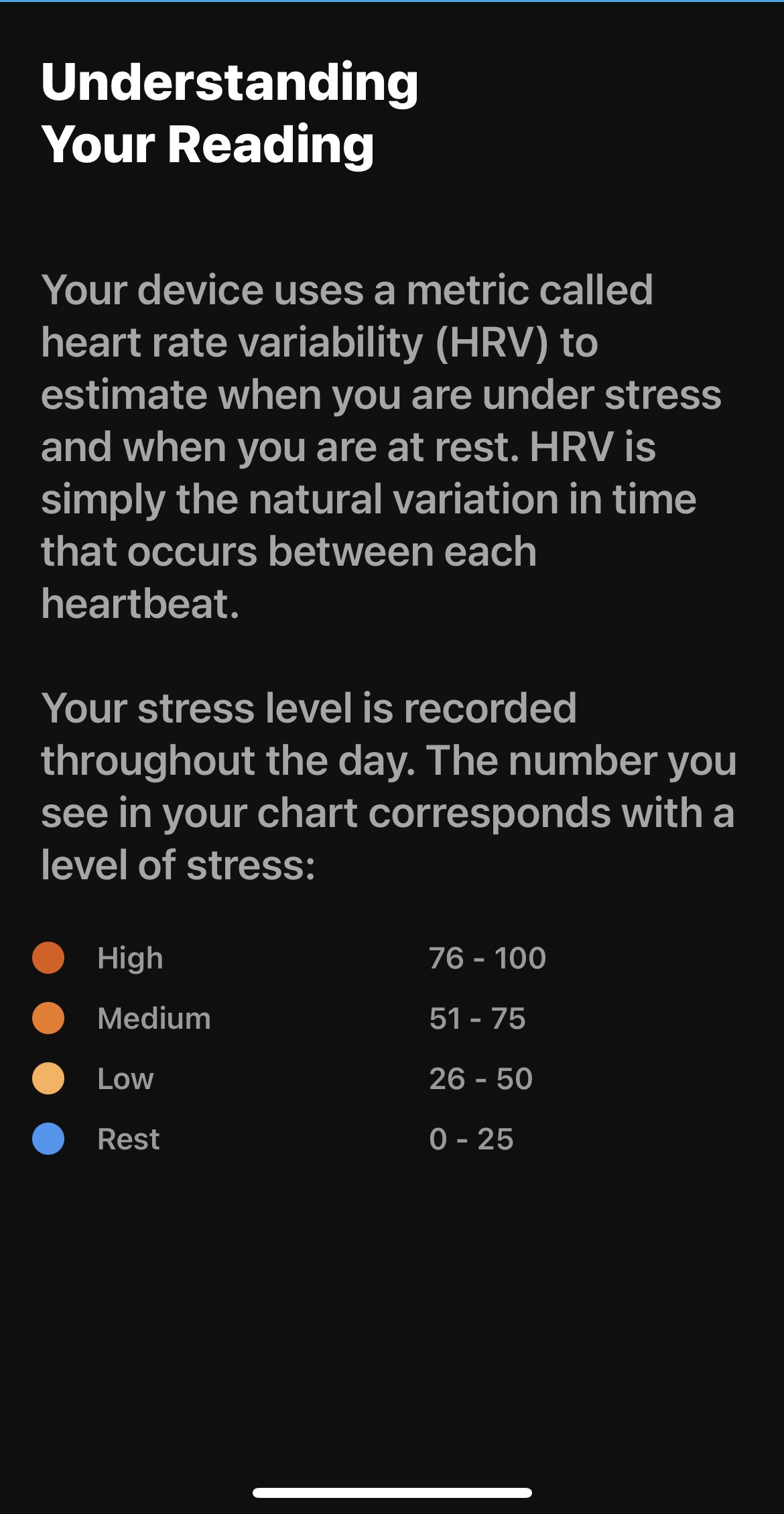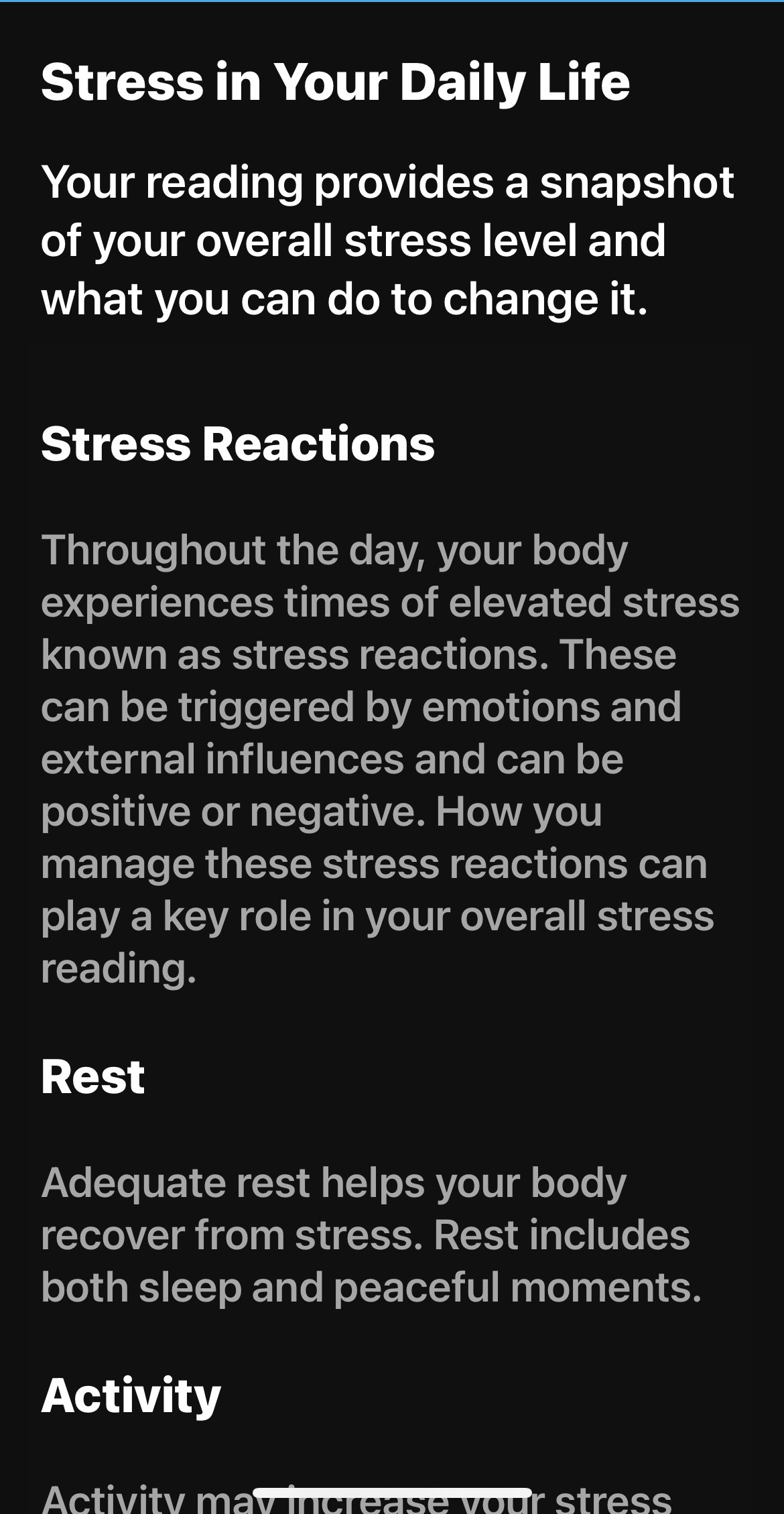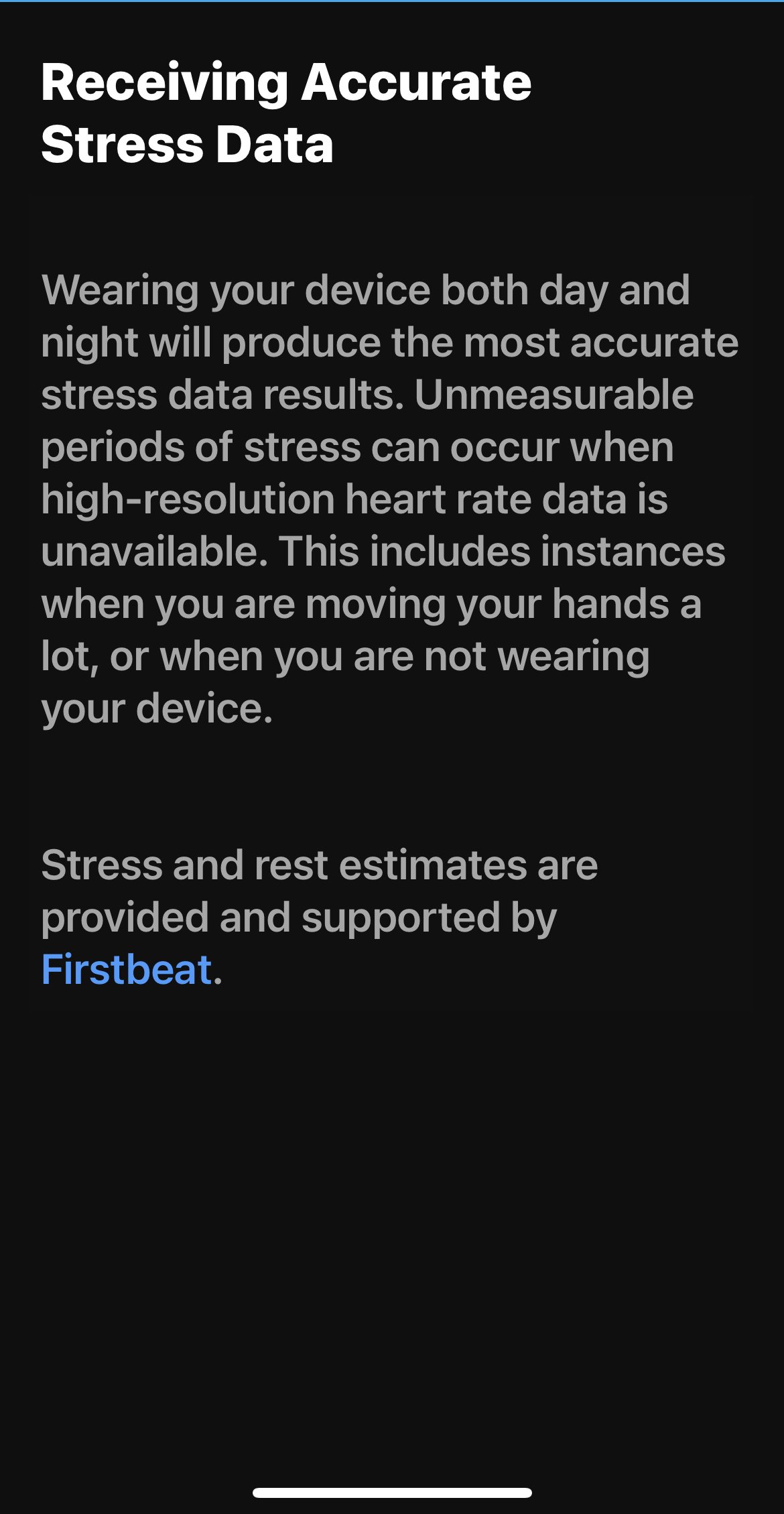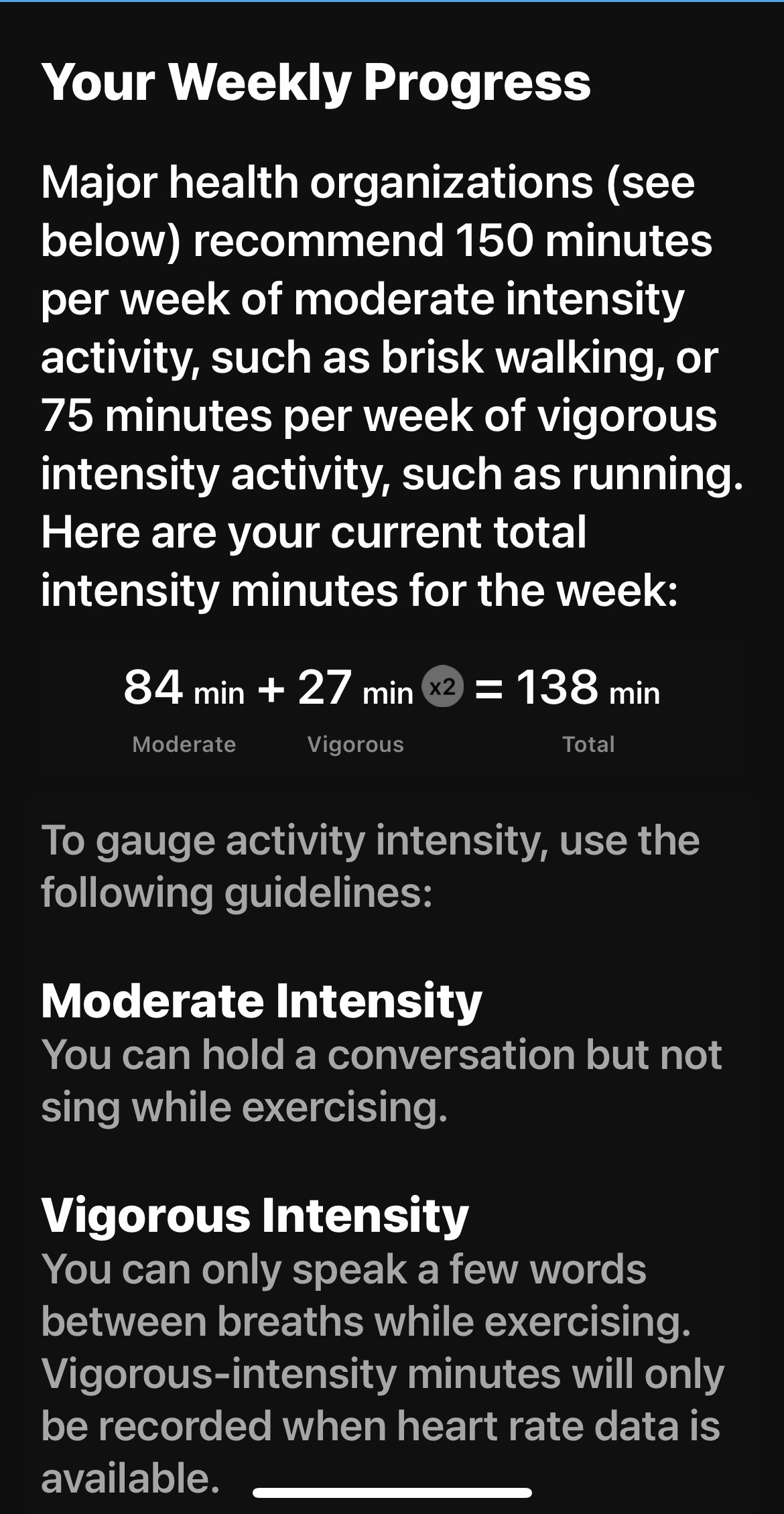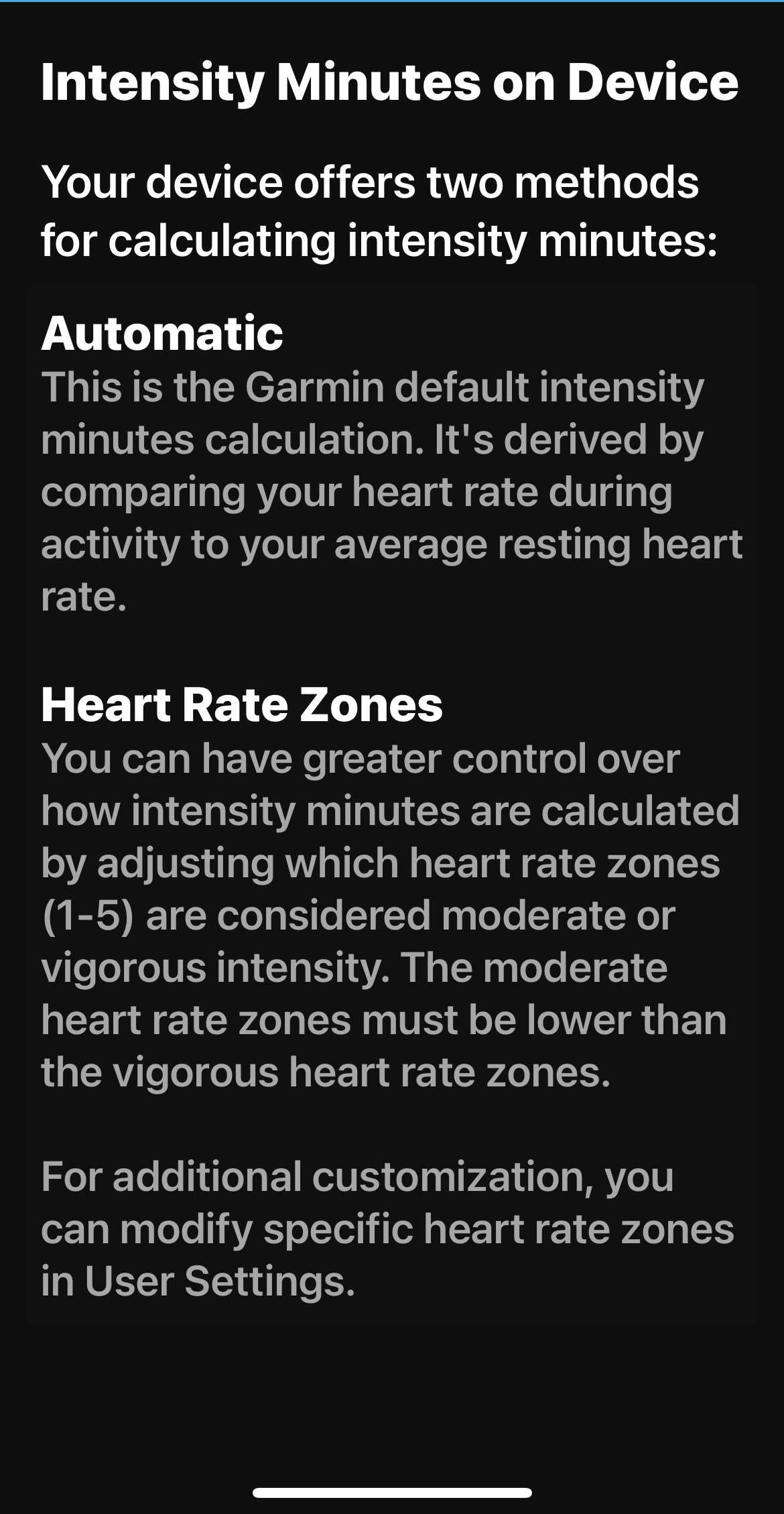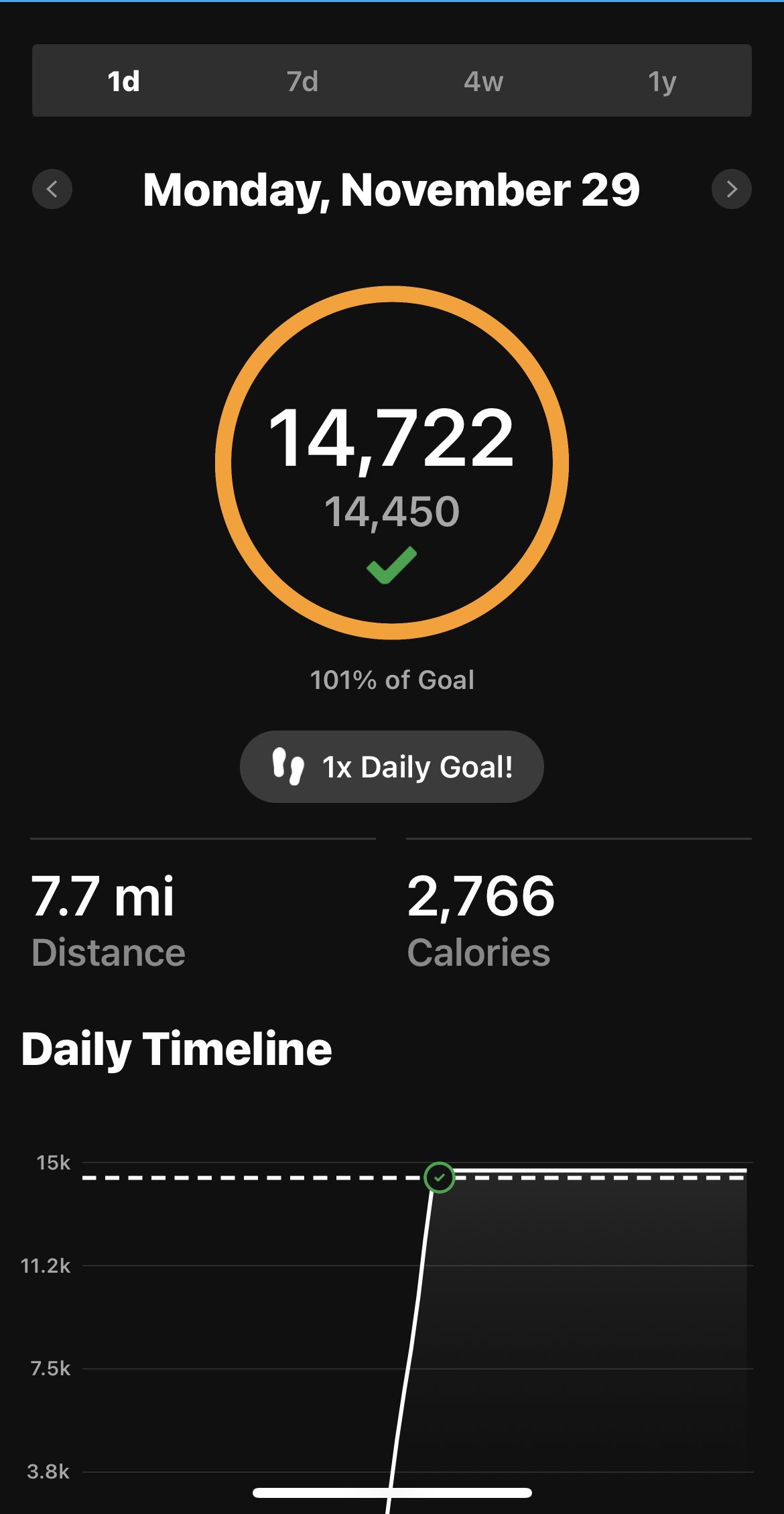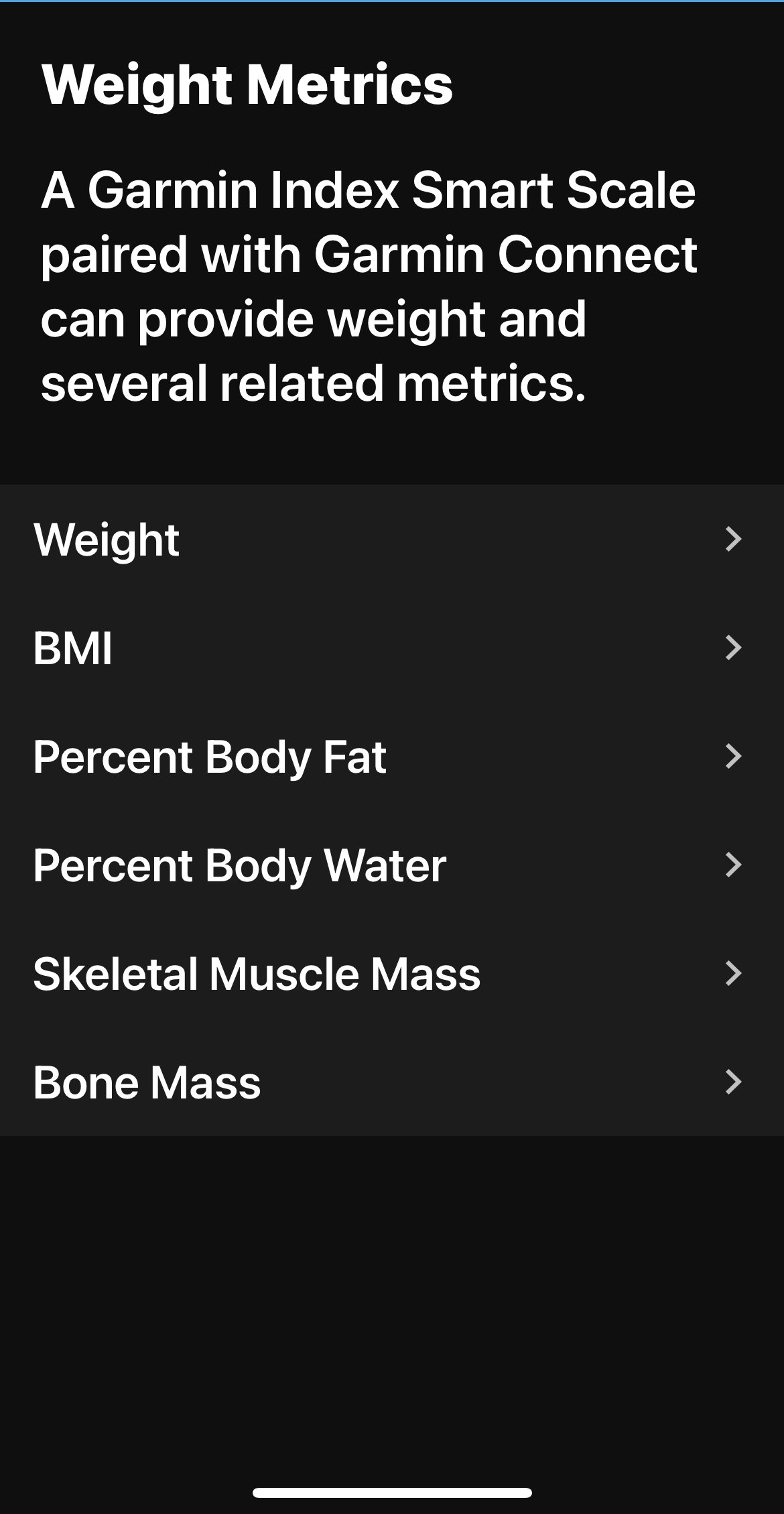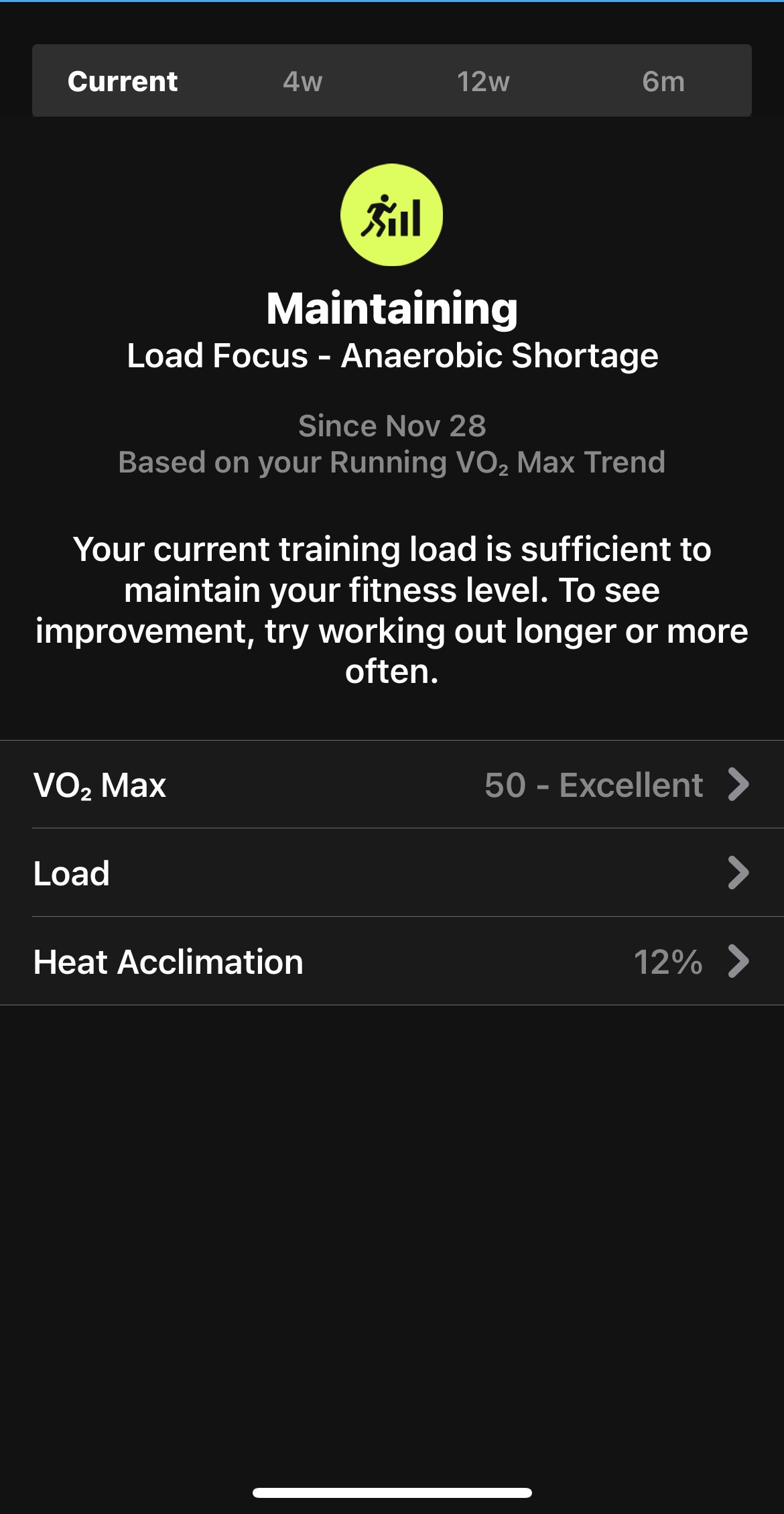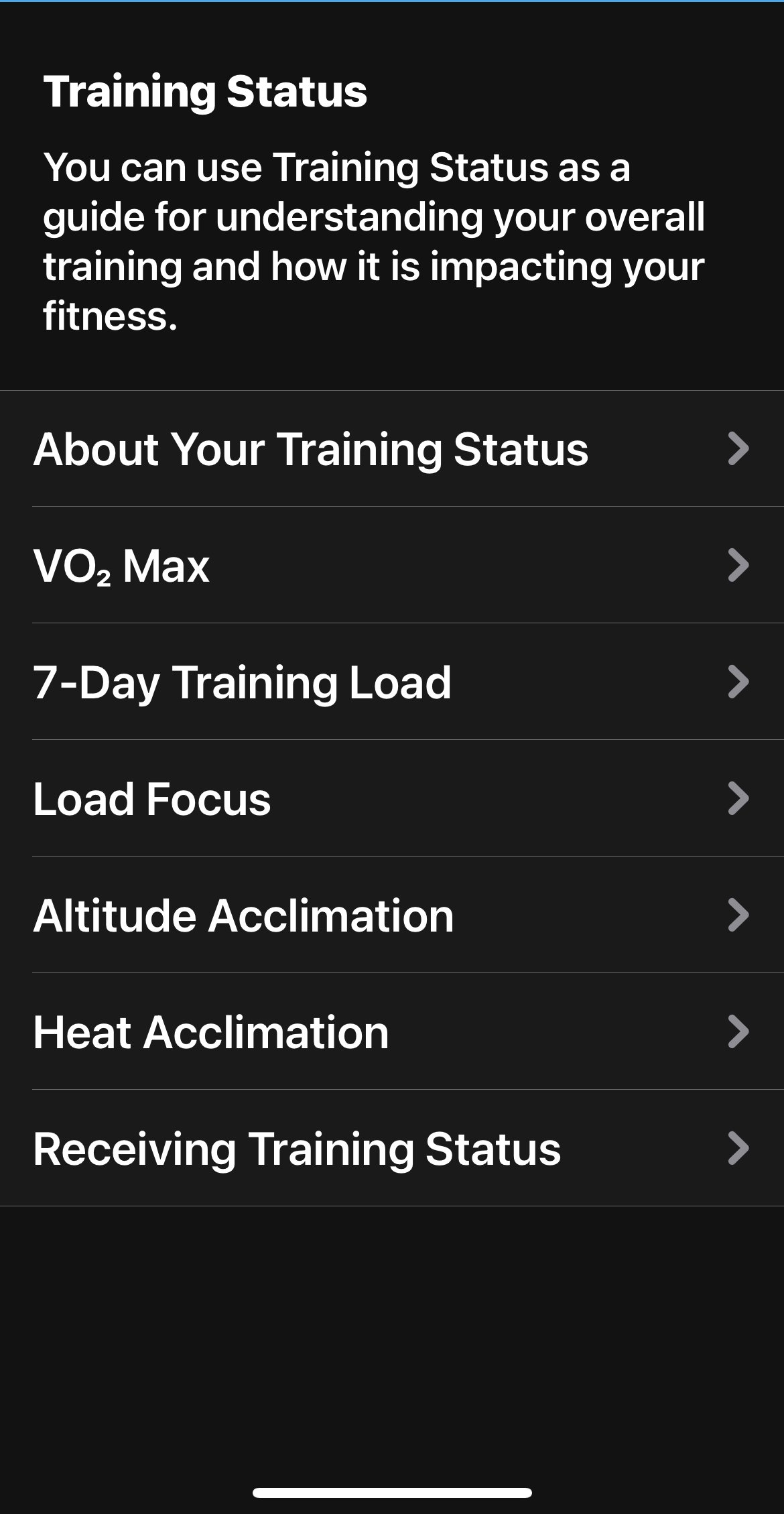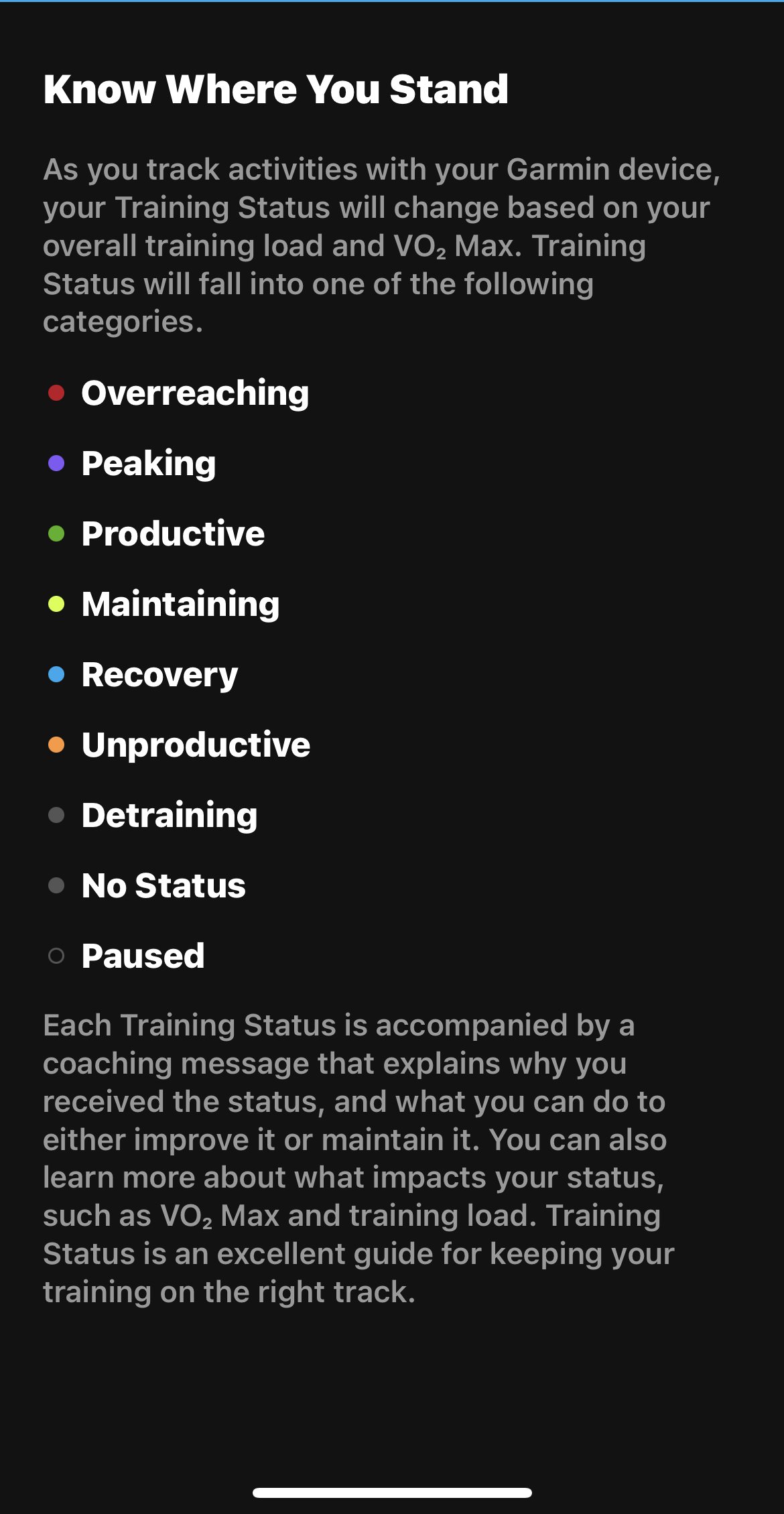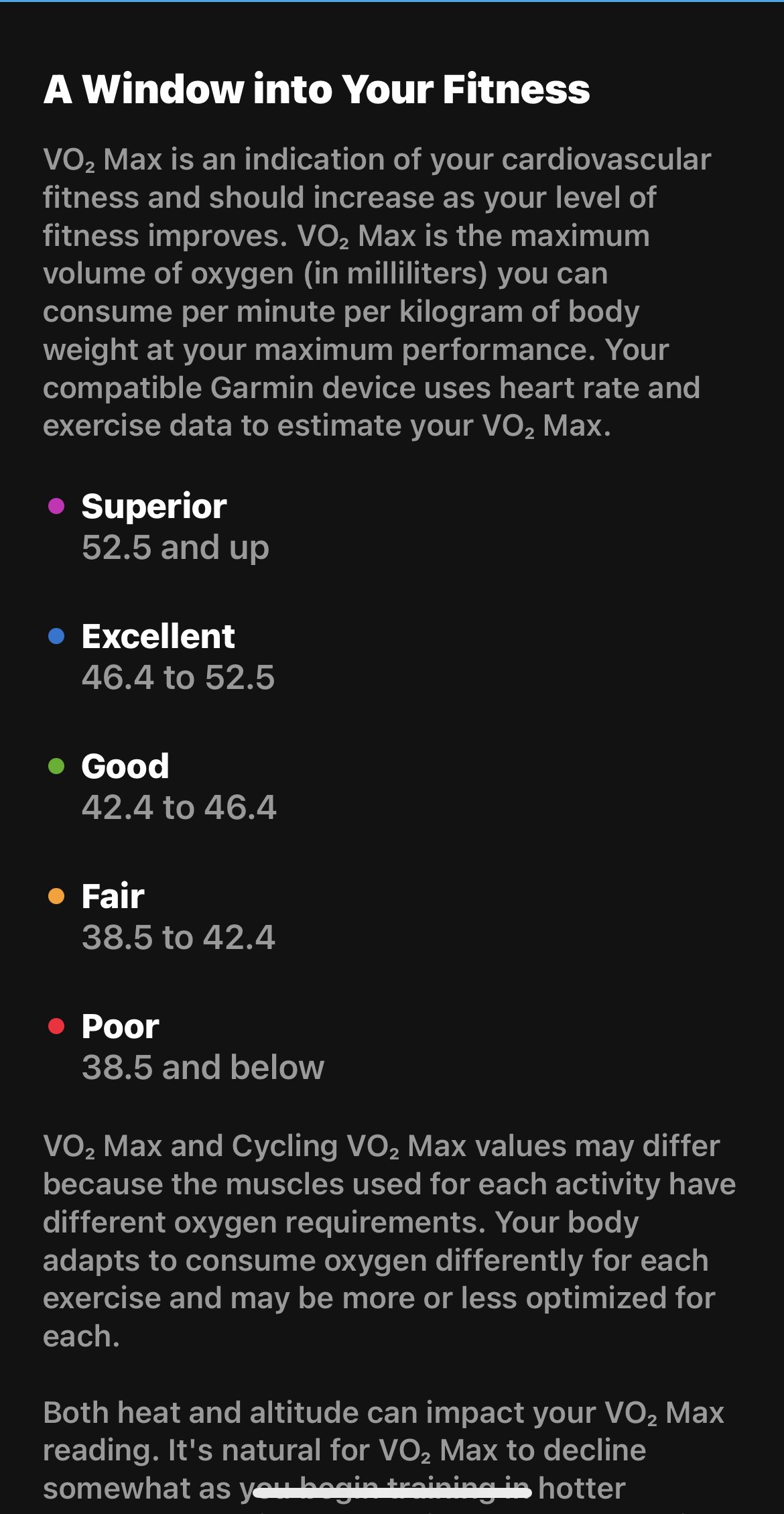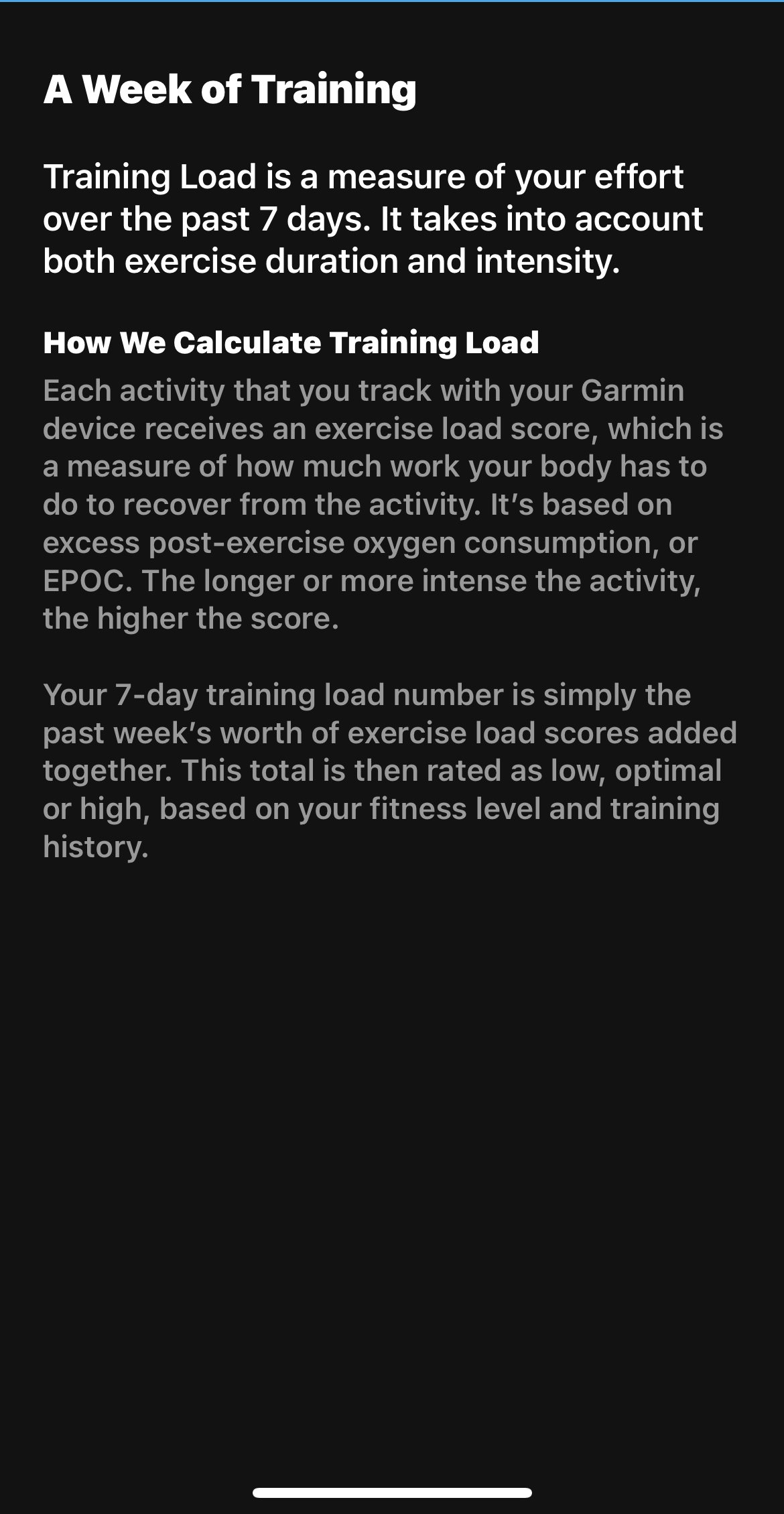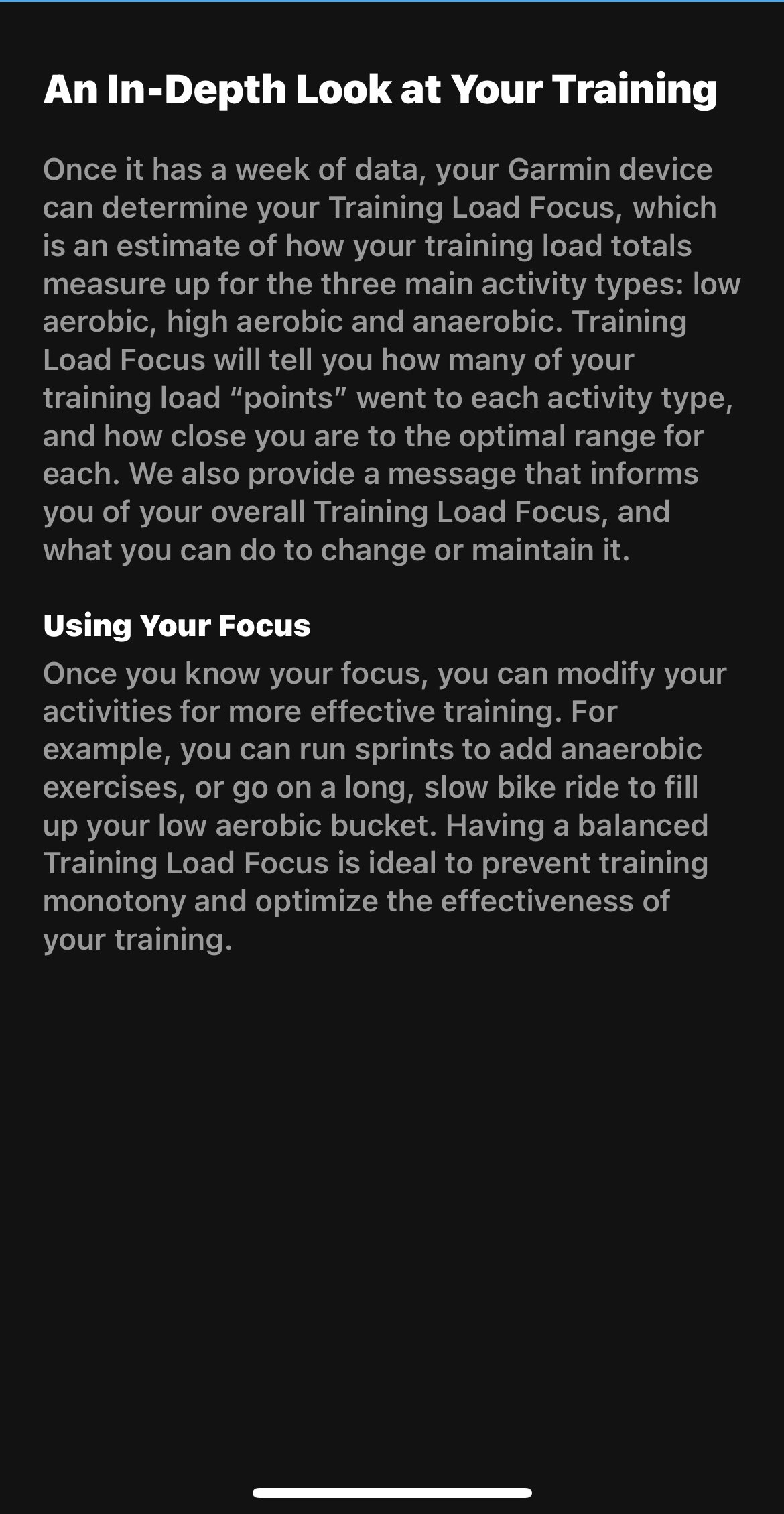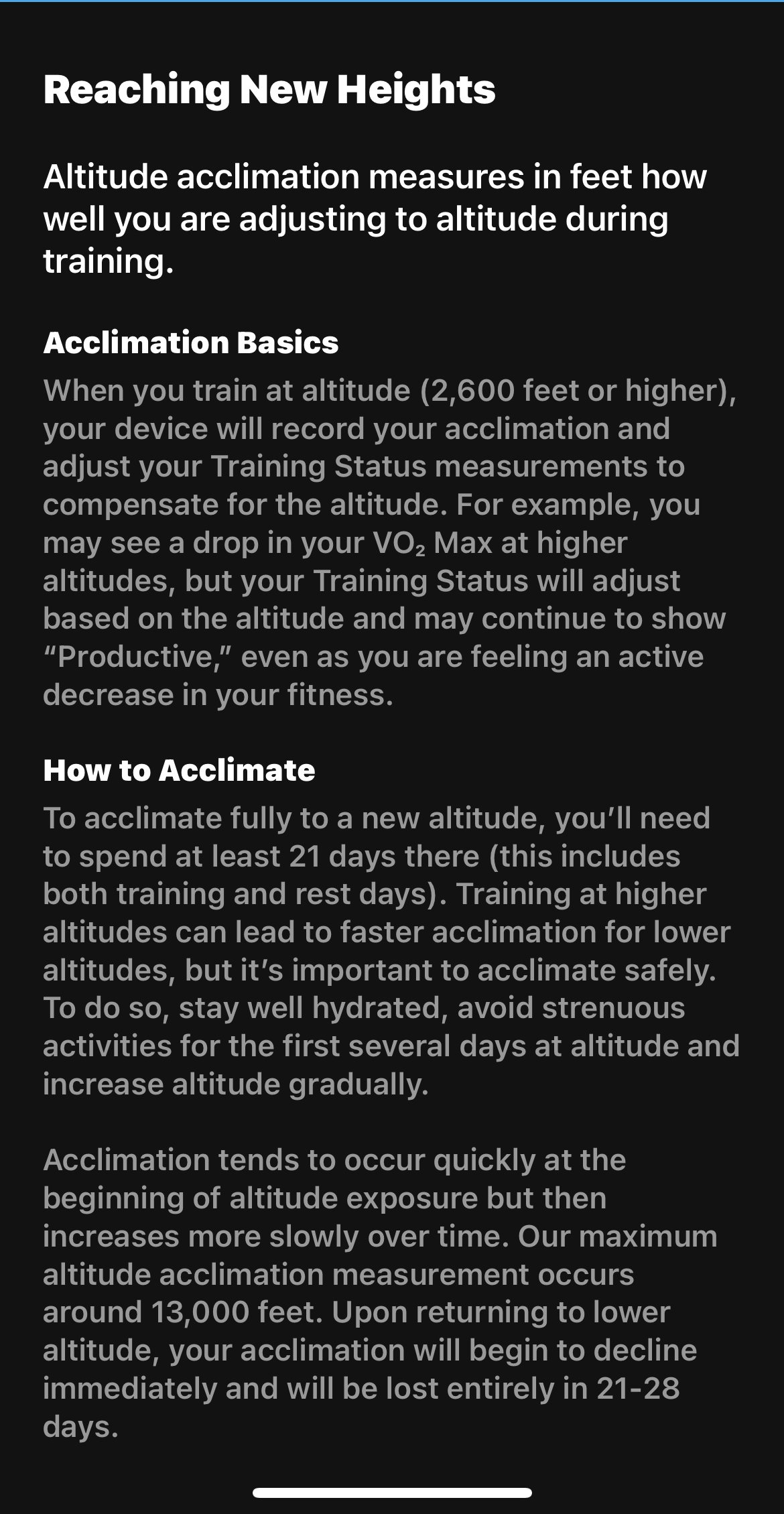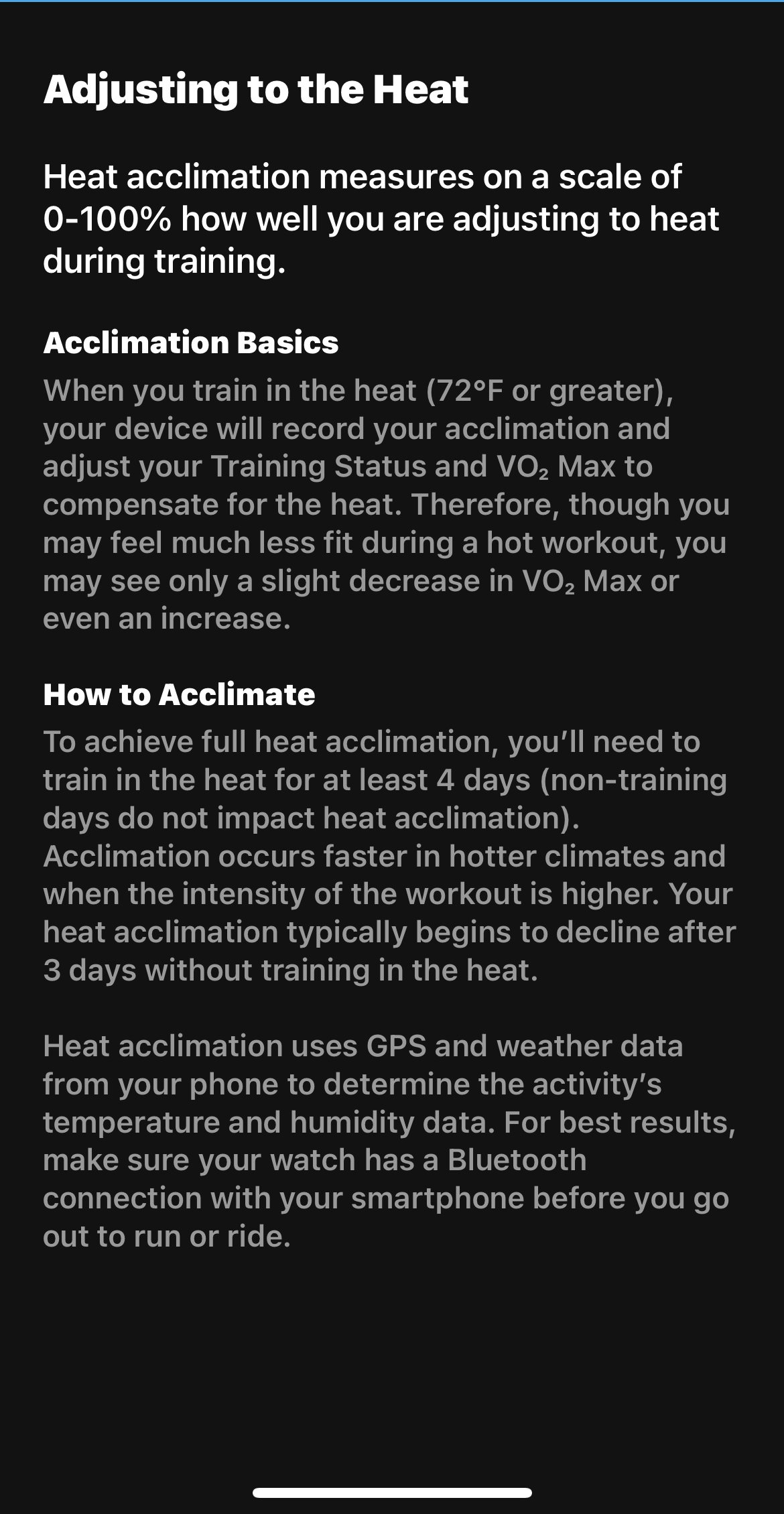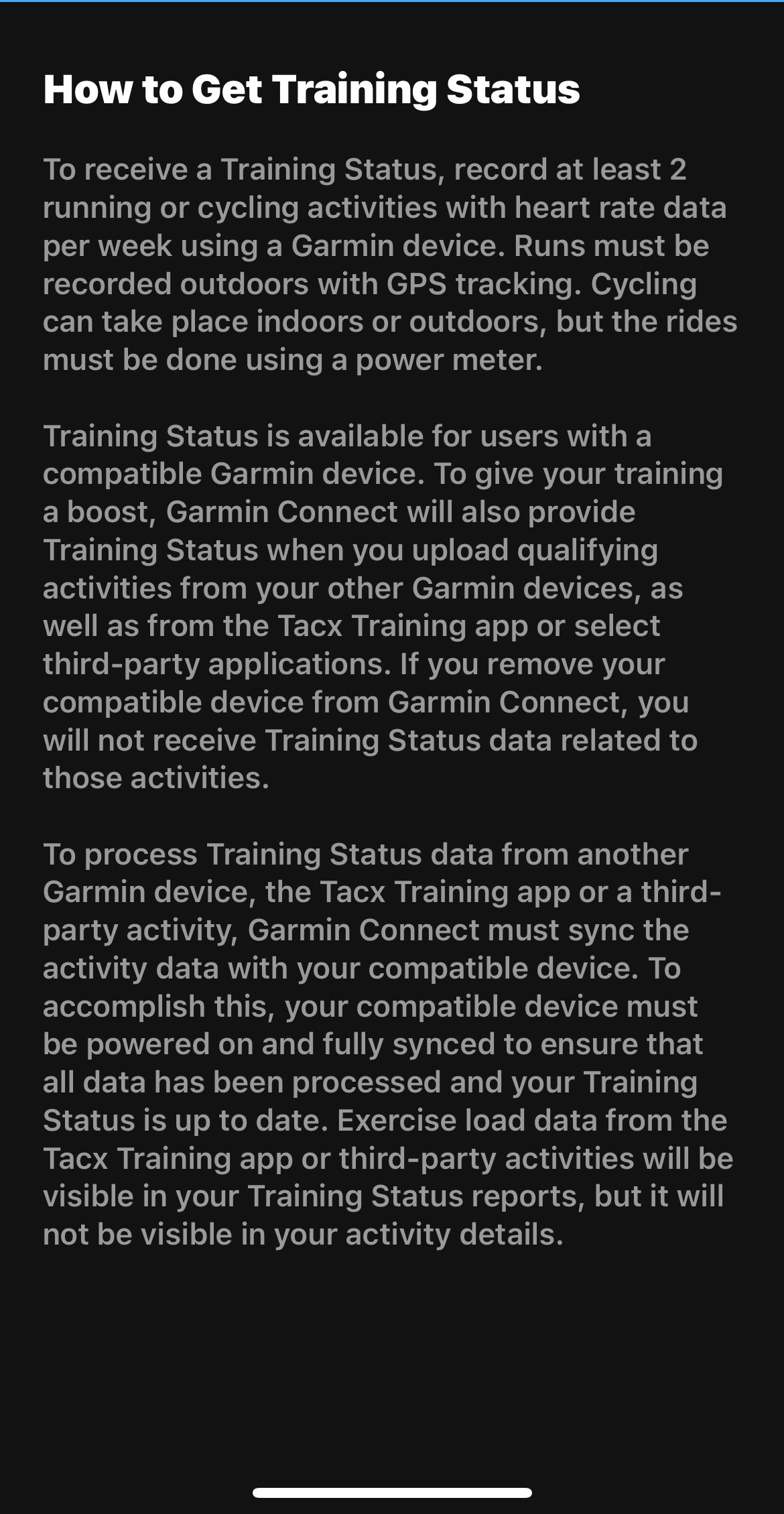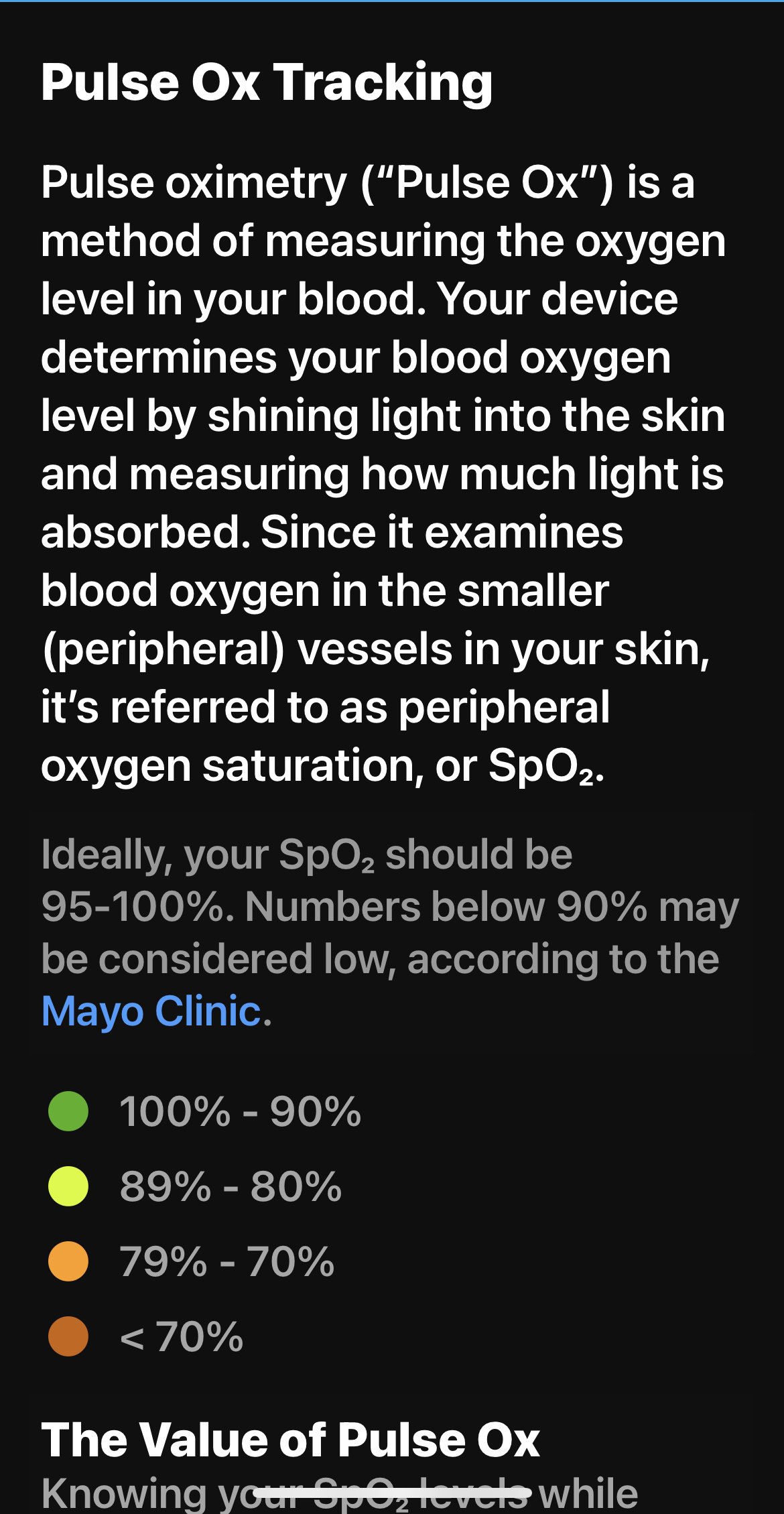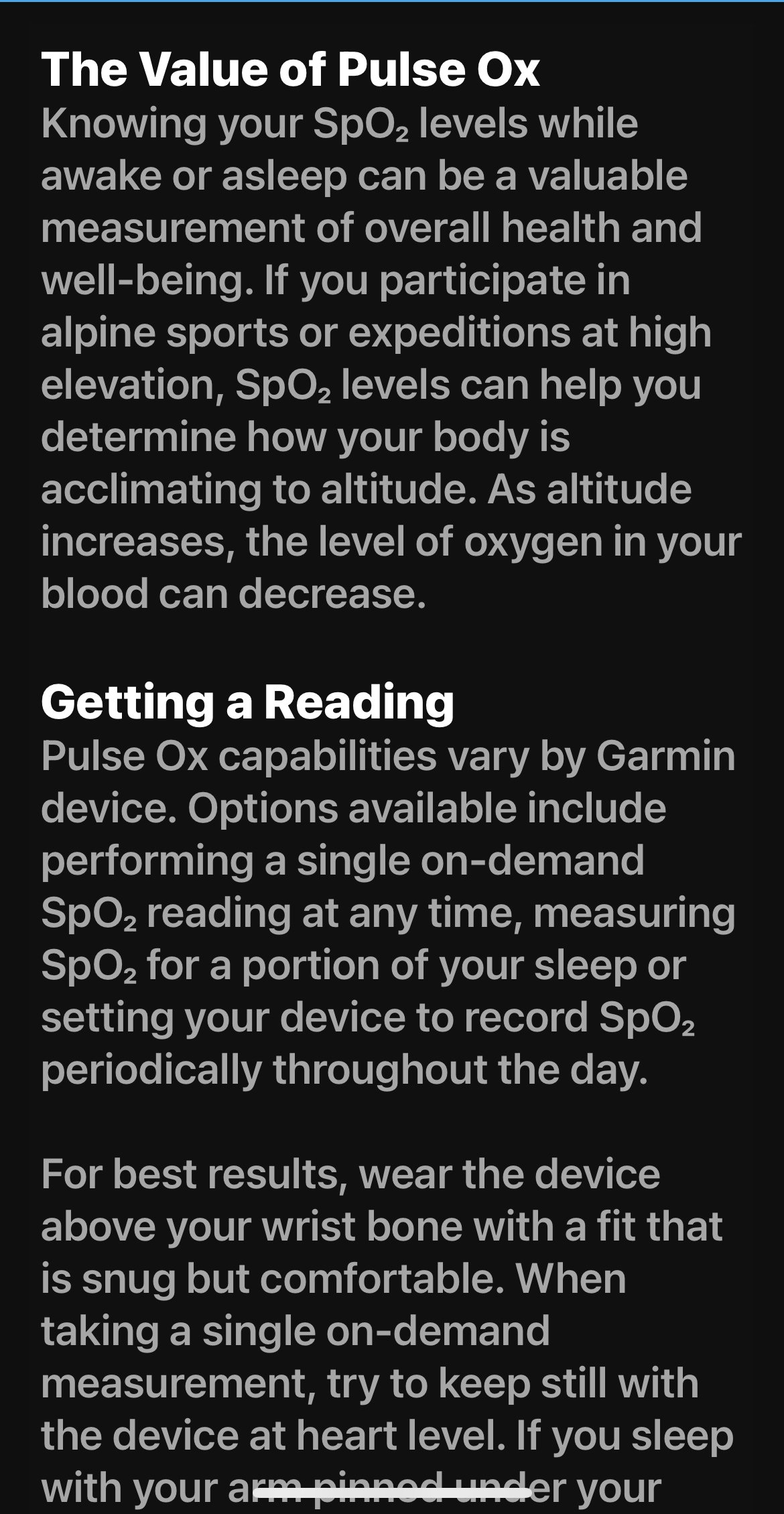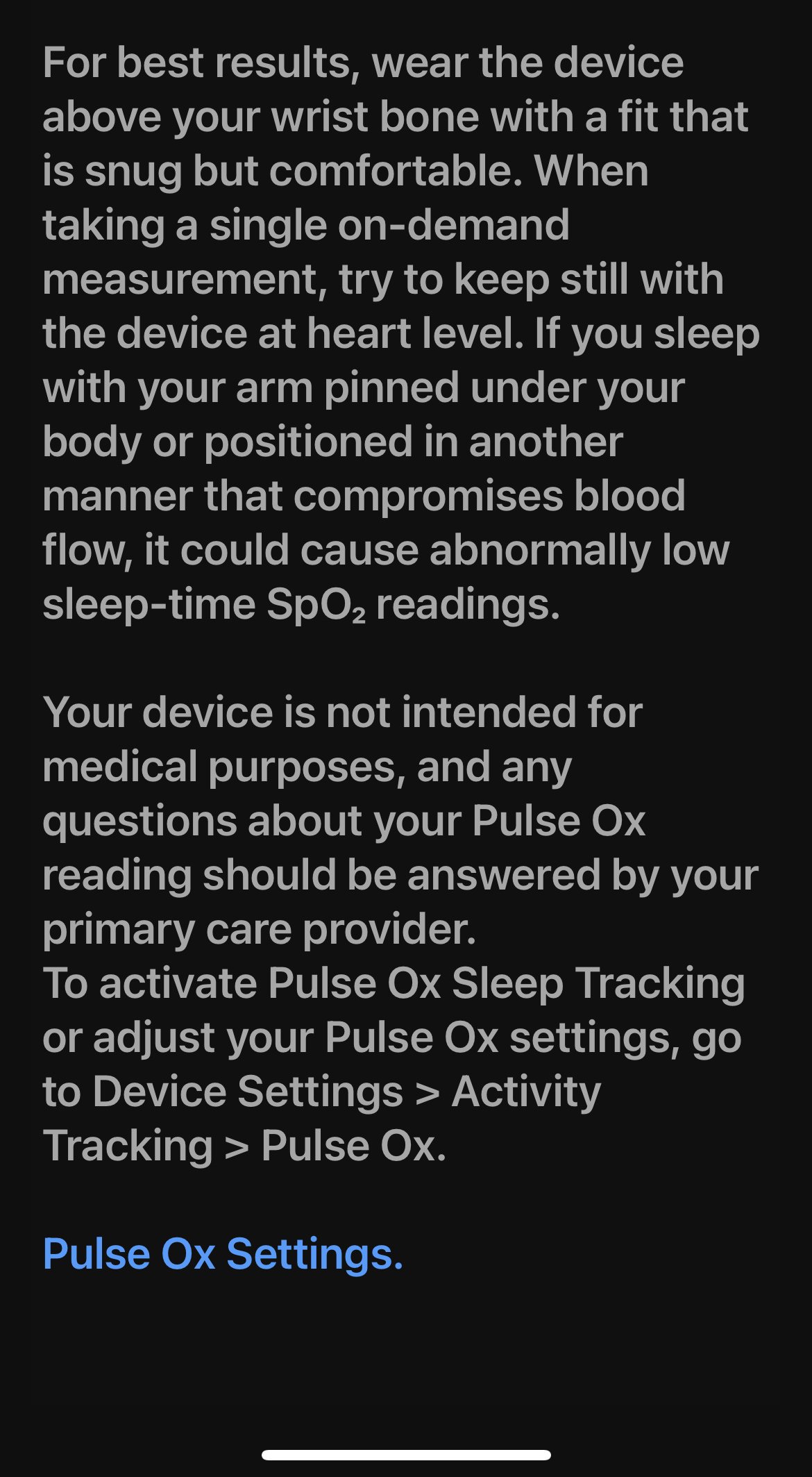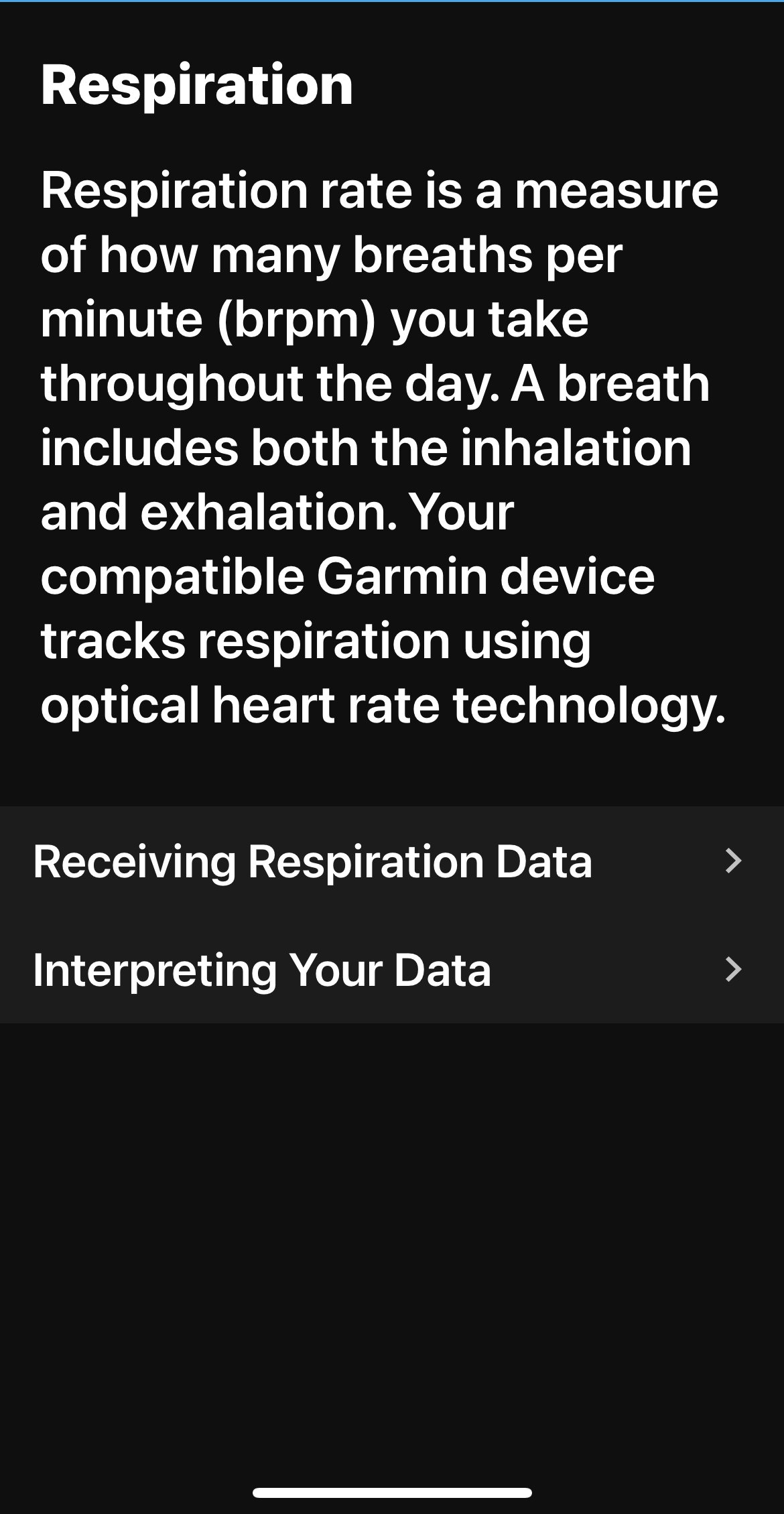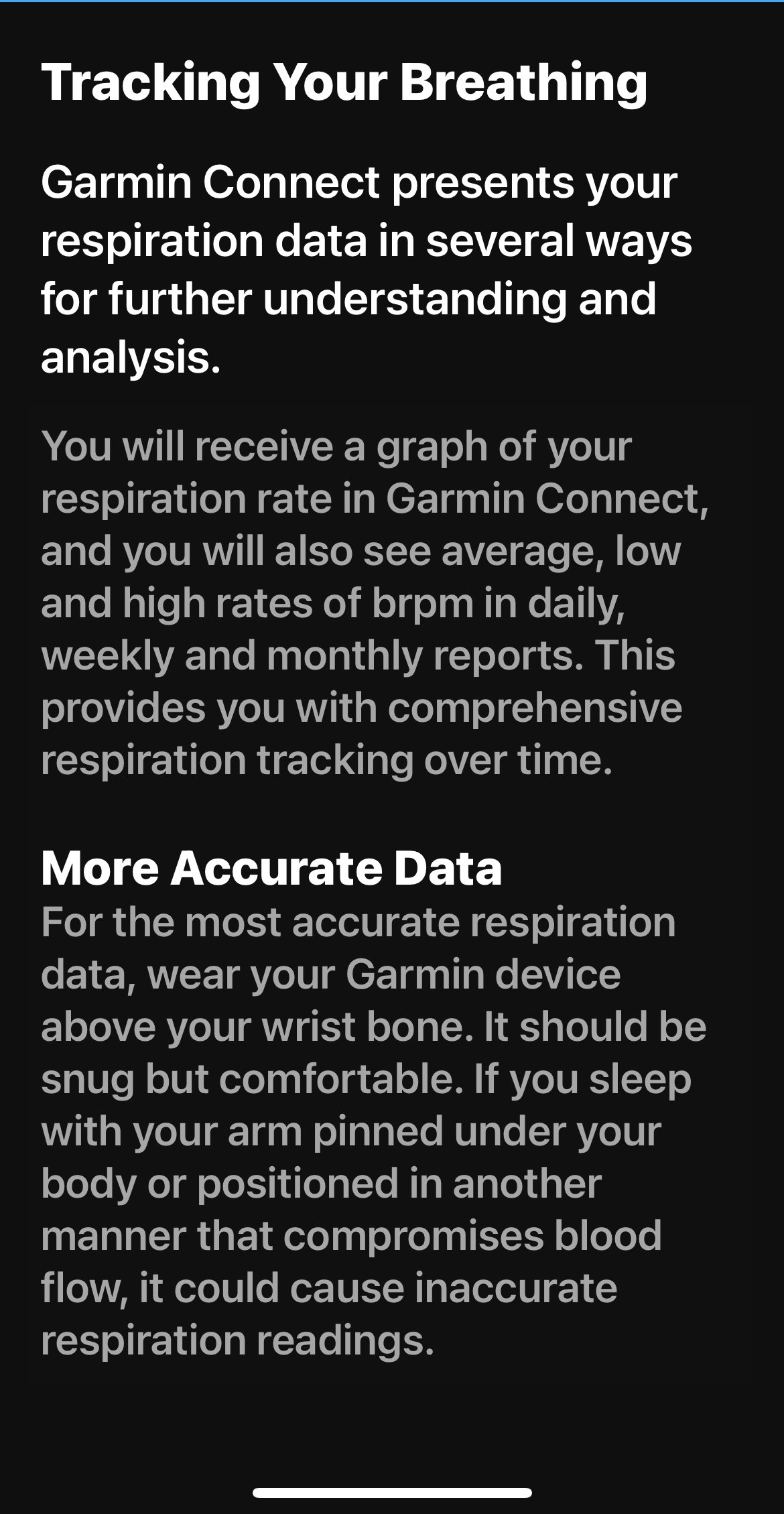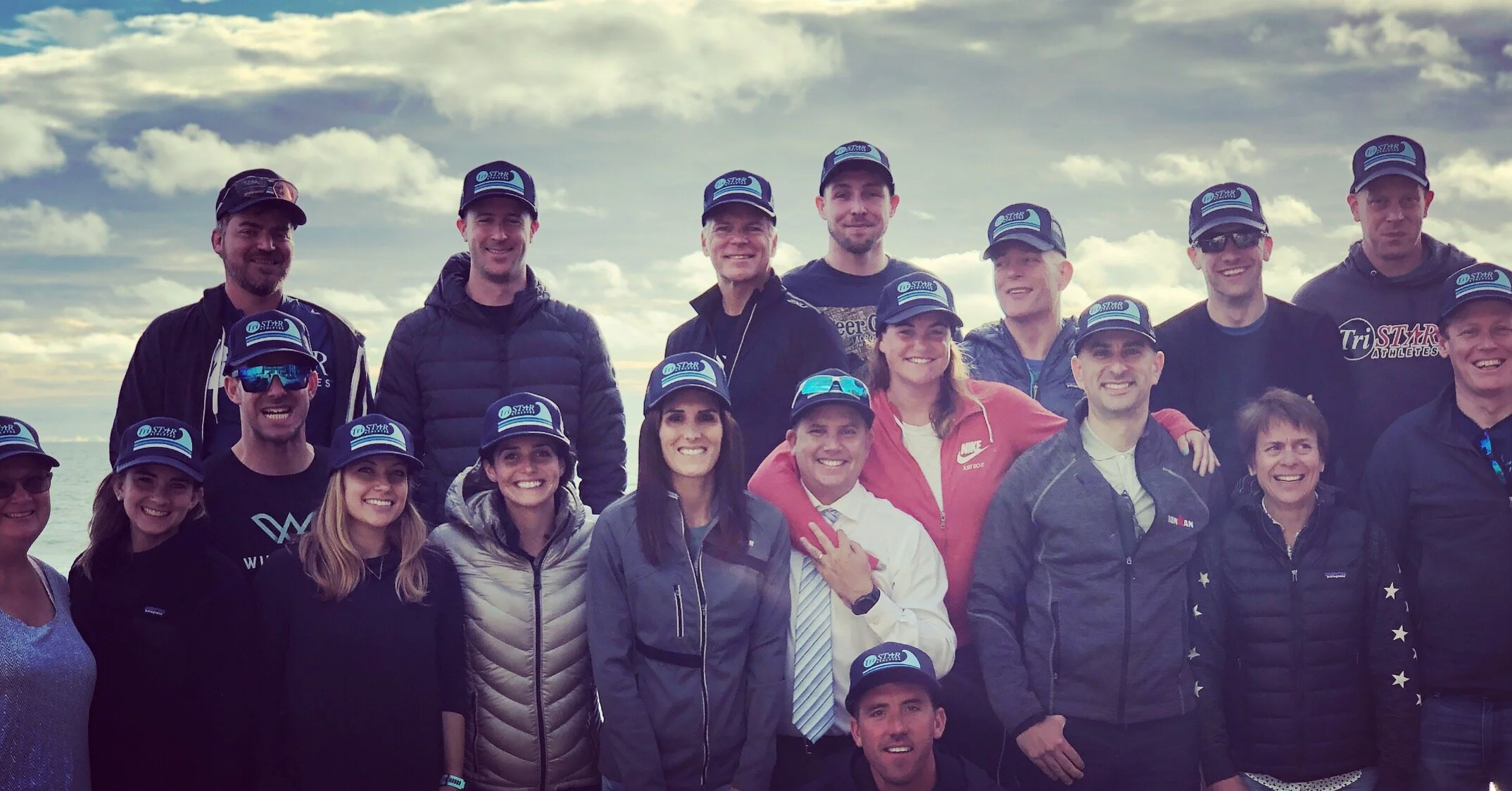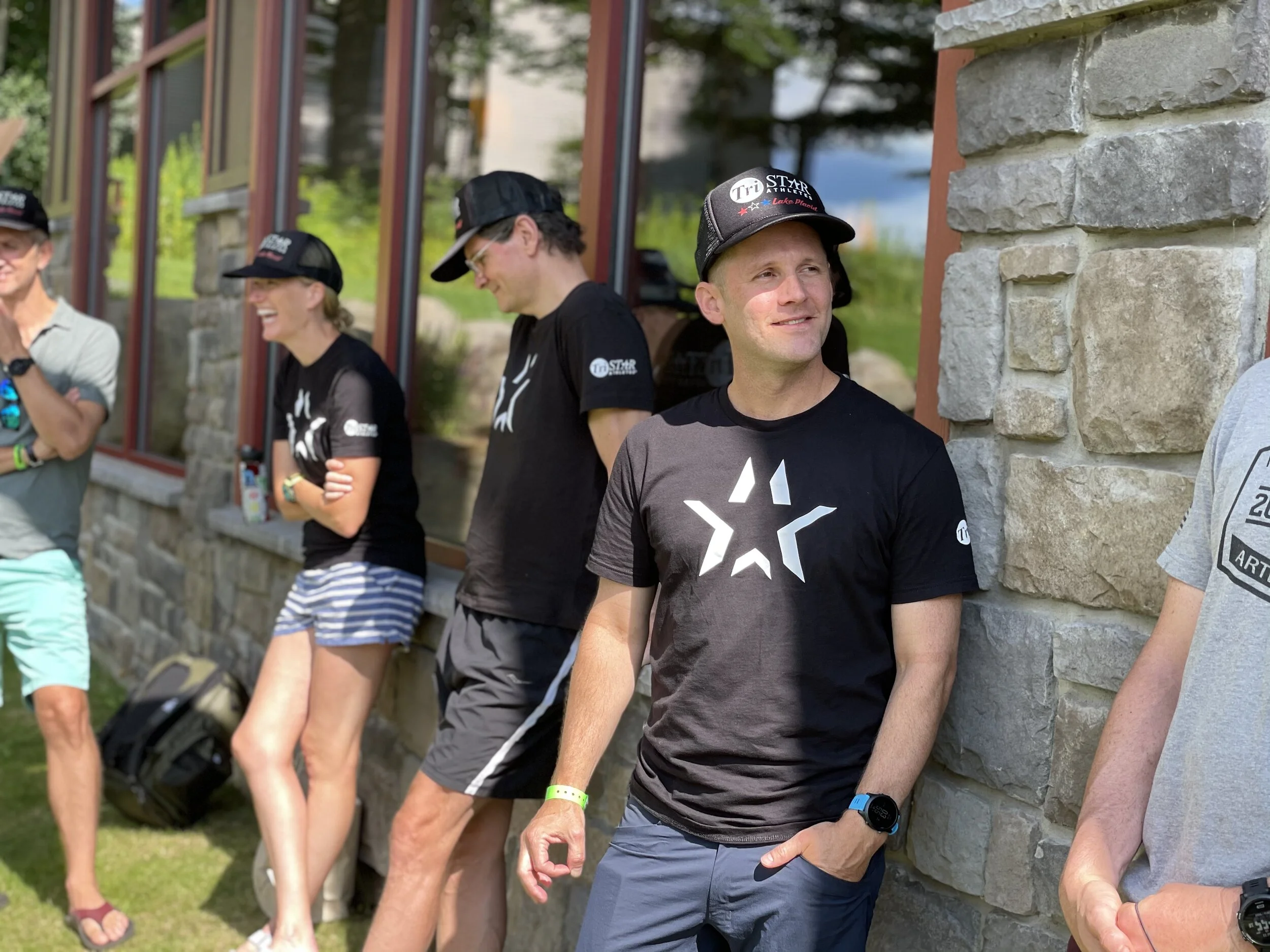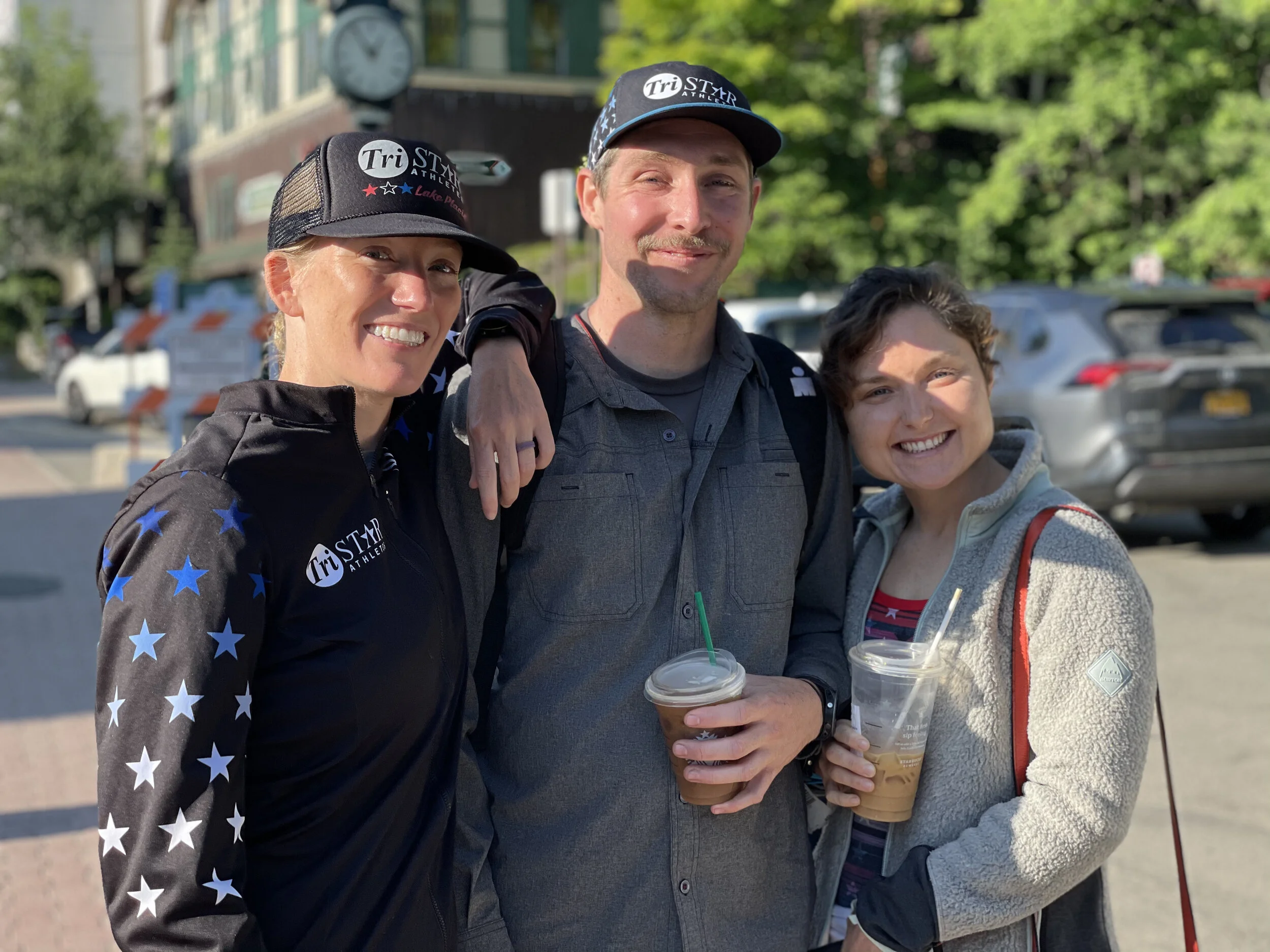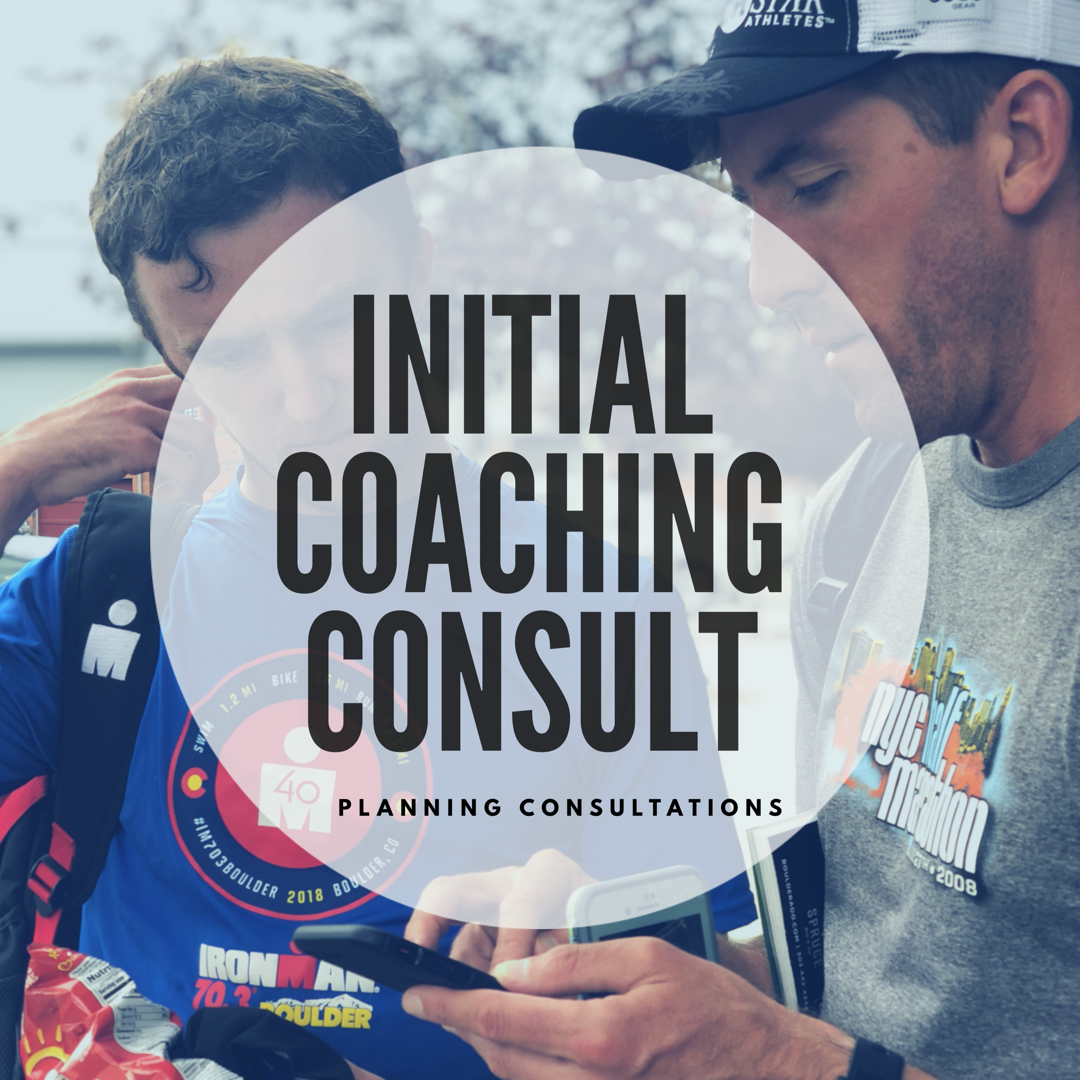*Data hound? Bryan Schleppy running to a new PR in 105 degree heat, cool as a fan watching his ♥️ rate.
NEW: Garmin users, click here to sync your Garmin health stats to Training Peaks. (sleep, stress, and body battery data) Learn more about Garmin below 👇🏻
〰️
NEW: Garmin users, click here to sync your Garmin health stats to Training Peaks. (sleep, stress, and body battery data) Learn more about Garmin below 👇🏻 〰️
Garmin sports products have made the world of endurance sports simply put; faster. The data your watch and cycling device captures each day tells you how you are faring in your training and day to day life metrics. Below we detail each metric and how it relates to your training and goals.
Part I
-
● One of the key metrics to training and overall health.
● Small measurements over time can reveal deep fitness.
● Tracking resting heart rate is a key indicator to both recovery and fitness.
● Can help to pinpoint checkpoints for rest days.
● Learn more about all training zones here.
-
● Used in conduction with the Training Peaks performance management chart, can help you to see when fatigue is accumulating. Whether due to life or training stimulus. The body battery takes into account training load and sleep factors to determine how ready you are.
● The body battery is very similar to your training stress balance or +/- TSB in training peaks.
-
● This is where the magic happens! A good nights rest is where your repairs and rebuilds you for future training sessions. Mind and body are repaired with each sleep cycle.
● You may need to adjust your training or expectations when you have limited sleep. A score of < 60 should limit your training intensity and or volume.
Scroll 👈🏻👉🏻 to learn more about each metric.
Part II
-
● This details the quality of your sleep and can help you define which aspects of your sleep you might be missing. For example REM = good for the brain vs DEEP SLEEP = good for body repair.
● Time awake, light sleep, stress and restlessness can all be measurements to track how well you are doing.
● Winding down earlier and reducing food / alcohol intake prior to bed can help to get a good nights sleep.
● Sleep is key to recovery. (more on recovery)
● An open and honest discussion with your coach can help to zero in on sleep limiters.
-
● Garmin can be synced with my fitness pal to navigate your caloric intake. Whether you are trying to track your macro nutrients or over / under energy needs for the day - its a great way to bring it all together.
● Myfitnesspal is a stand alone app where you can enter in foods to help. you audit your nutrition with our coaches.
● Periodic nutrition reviews and meal planning with your coach can help to bring about material changes in your overall training and well being.
-
● We all have it! The question is what do you do to reduce it?
● HRV; your Garmin uses HRV to estimate when you are under stress. This natural variation that occurs within each heart beat corresponds to a stress value.
● Aim for a value of < 75 each day.
● Activity will increase your stress.
● Adequate rest and ☮ peaceful moments help restore you from stress.
● Wearing your Garmin day and night will produce the best results and feedback.
● You and your Tristar Coach should have a regular dialogue on how to manage your stress levels.
part III
-
● A key to overall training improvements will come from how intense your training is.
● Intensity factor (IF) is a % of your thresholds we measure in training peaks.
● Major health organizations recommend 150min of moderate intensity activity and ~75min of vigorous activity per week.
-
● Daily goals can be set and reached if you set Garmin as your daily activity tracker.
● This can be highly individualized.
● Personal records can be viewed and set.
● The average American walks 3,000 to 4,000 steps a day, or roughly 1.5 to 2 miles. It's a good idea to find out how many steps a day you walk now, as your own baseline. Then you can work up toward the goal of 10,000 steps by aiming to add 1,000 extra steps a day every two weeks.
● Walking can be tracked as a separate activity. If you do track it, be sure to be consistent so that TSS is accurate in training peaks.
-
● Tracking body weight over time can be helpful towards your health and performance goals.
● Body weight is not static! It should change over time from season to season and training phase and that is ‘ok’. 📈📉
● Charting long term trends is key.
● If you are targeting weight loss, conservative targets are important. You and you Tristar coach should discuss realistic goals for your life and training. ( .25lb to .75lb / week is a good starting target vs 1lb. )
● Lean body composition is often more important than weight loss 🙌🏻 as this increases VO2 Max and overall performance.
● For cyclist, learn more about your watts/kilo and how that effects your race potential here.
Part IIII
-
● Getting enough water each day is important for overall health including the following;
● Temperature regulation
● Join protection
● Waste removal
● Skin and sensitive tissue defense
● Weight loss promotion
● Defense against chronic disease
-
● Training status is very similar to your CTL and ATL in the performance management chart. Garmin may prompt you before your next workout to let you know where you stand.
● This lets you know where you stand in your training and fitness in the following ways;
● Overreaching
● Peaking
● Productive
● Maintaining
● Recovery
● Unproductive
● Detraining
● No status
● Paused
-
● Measuring oxygen in the blood during sleep and while awake can valuable to your overall health.
● Pulse Ox can help to determine if you are acclimated to altitude.
● Ideal values are 95-100%. <90% are considered “low”.
-
● Also known as (brpm) breaths per minute, you take throughout the day.
● A breath consists of inhalation and an exhalation.
● Having a low respiration rate while at rest can be a good indicator of overall fitness.
● Fitter people tend to have a lower rate even while active.
● Normal rates for an adult are between 12-20 brpm … higher rates may indicate important health changes or possible air quality problems.
